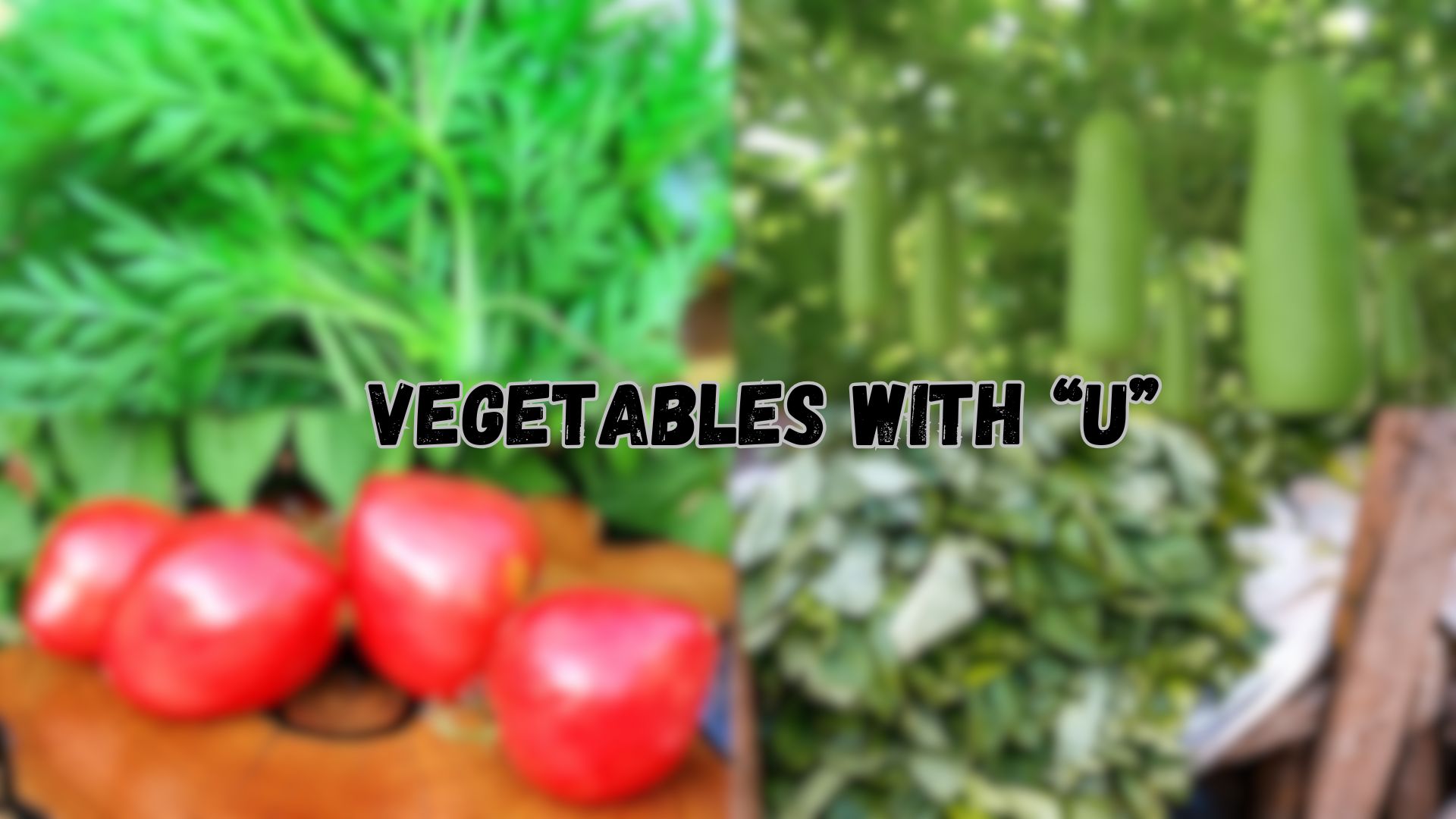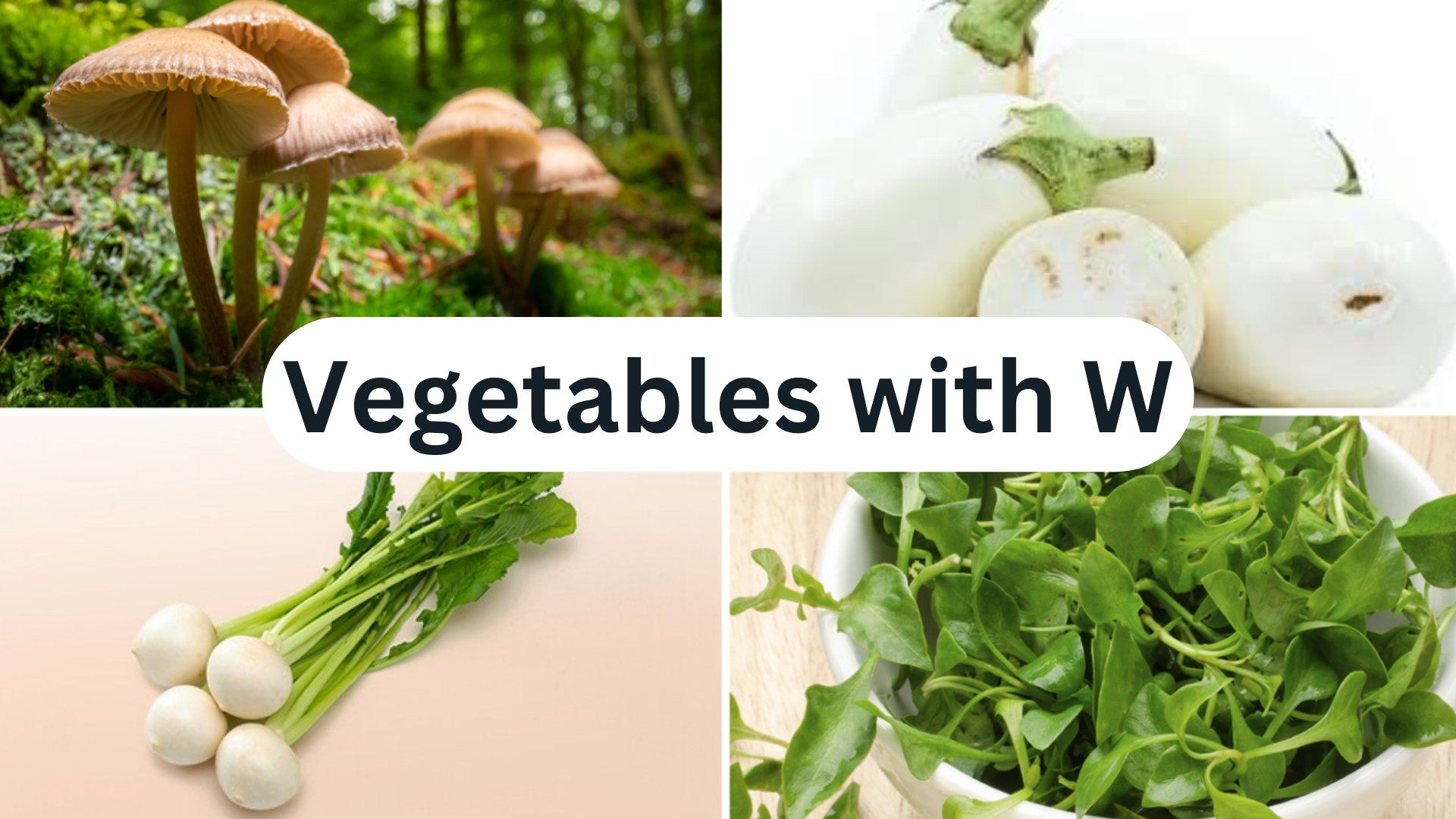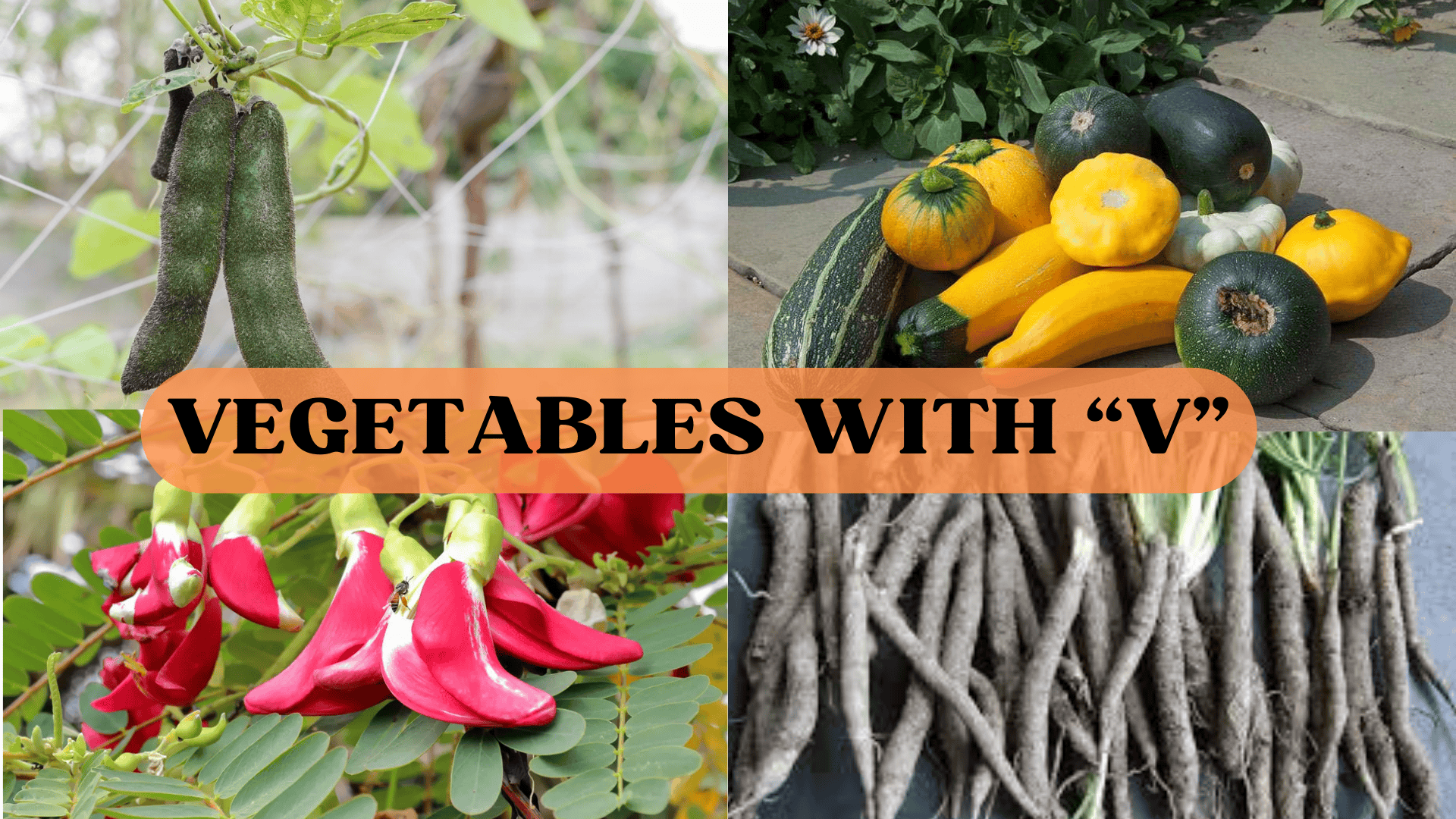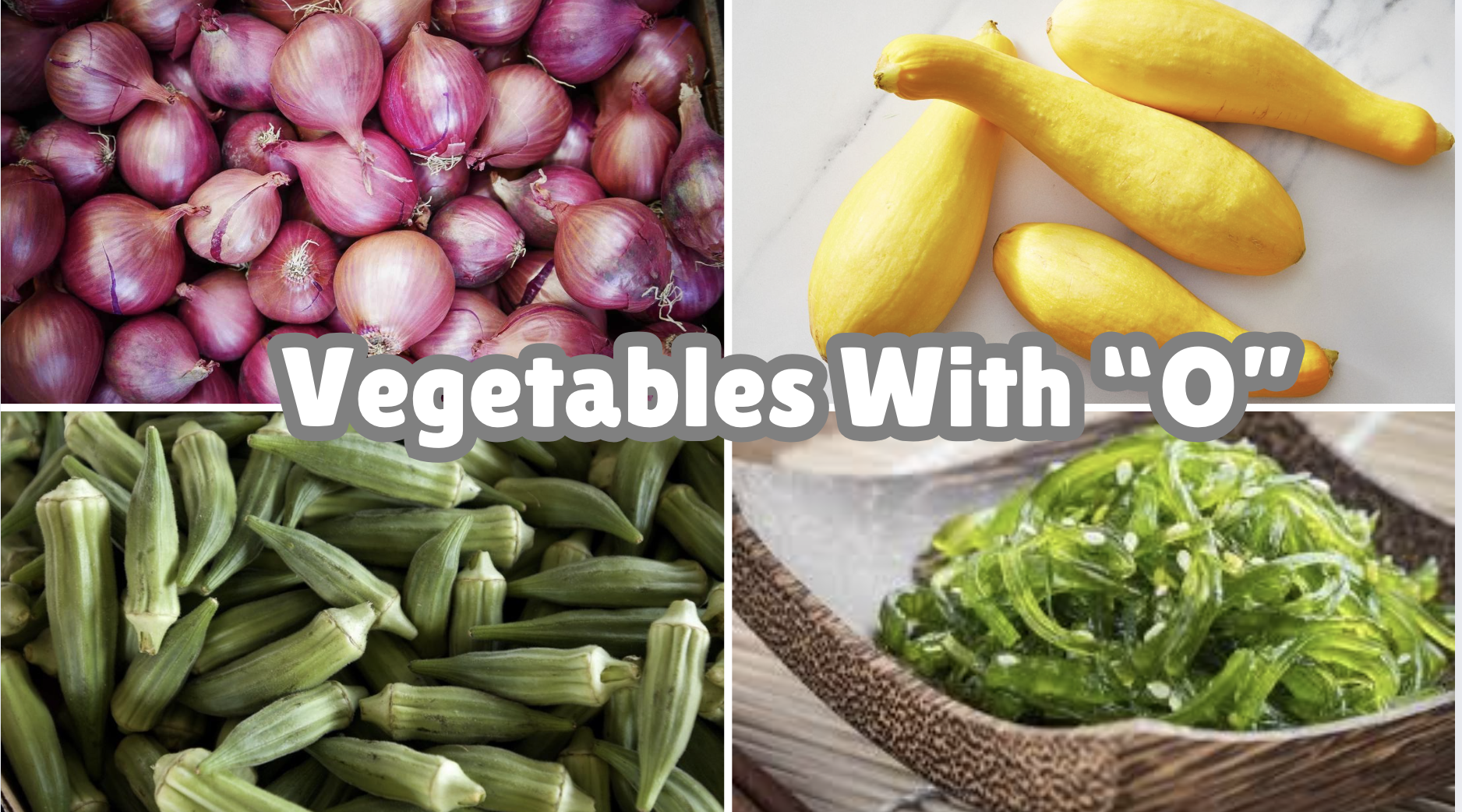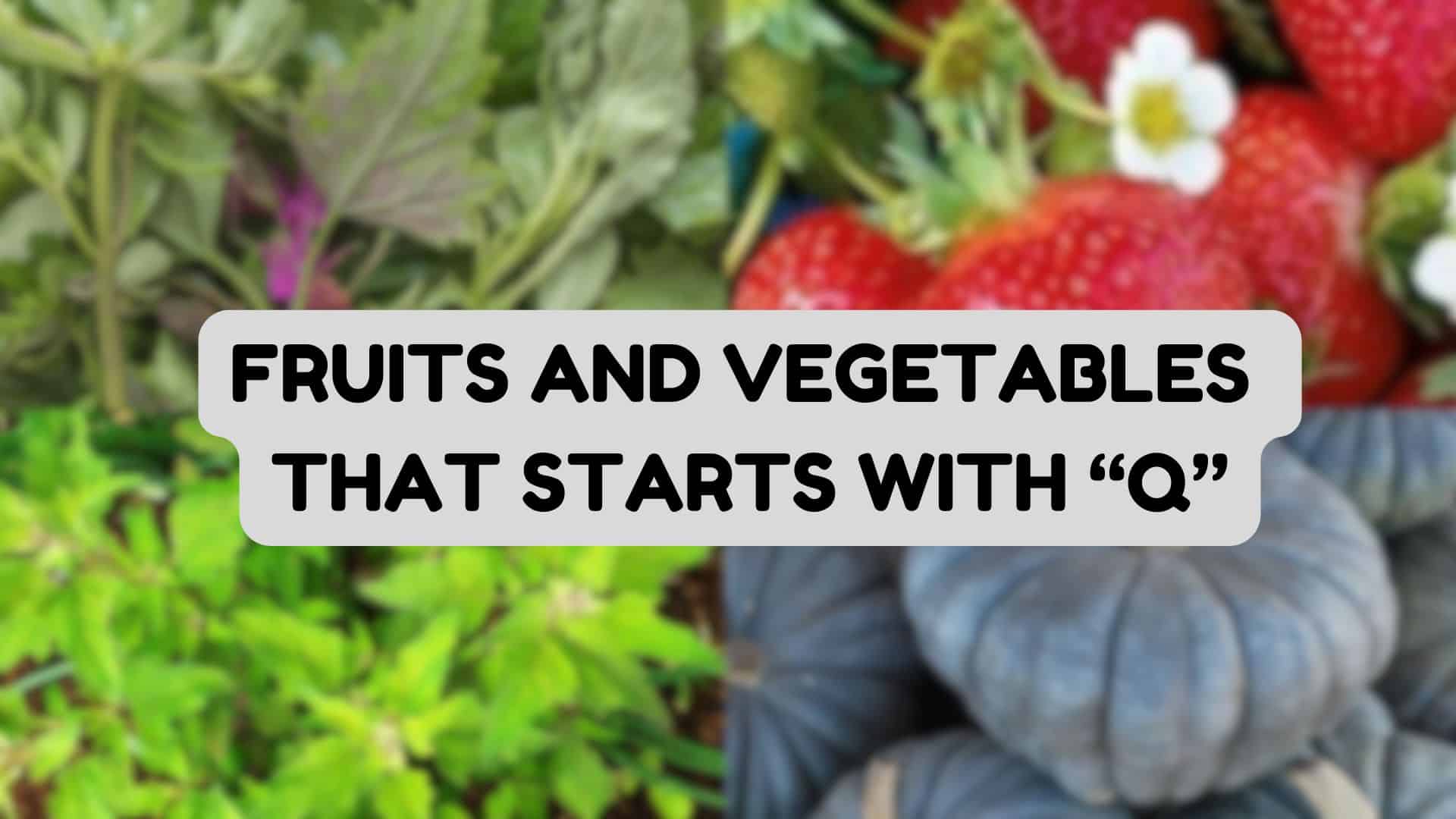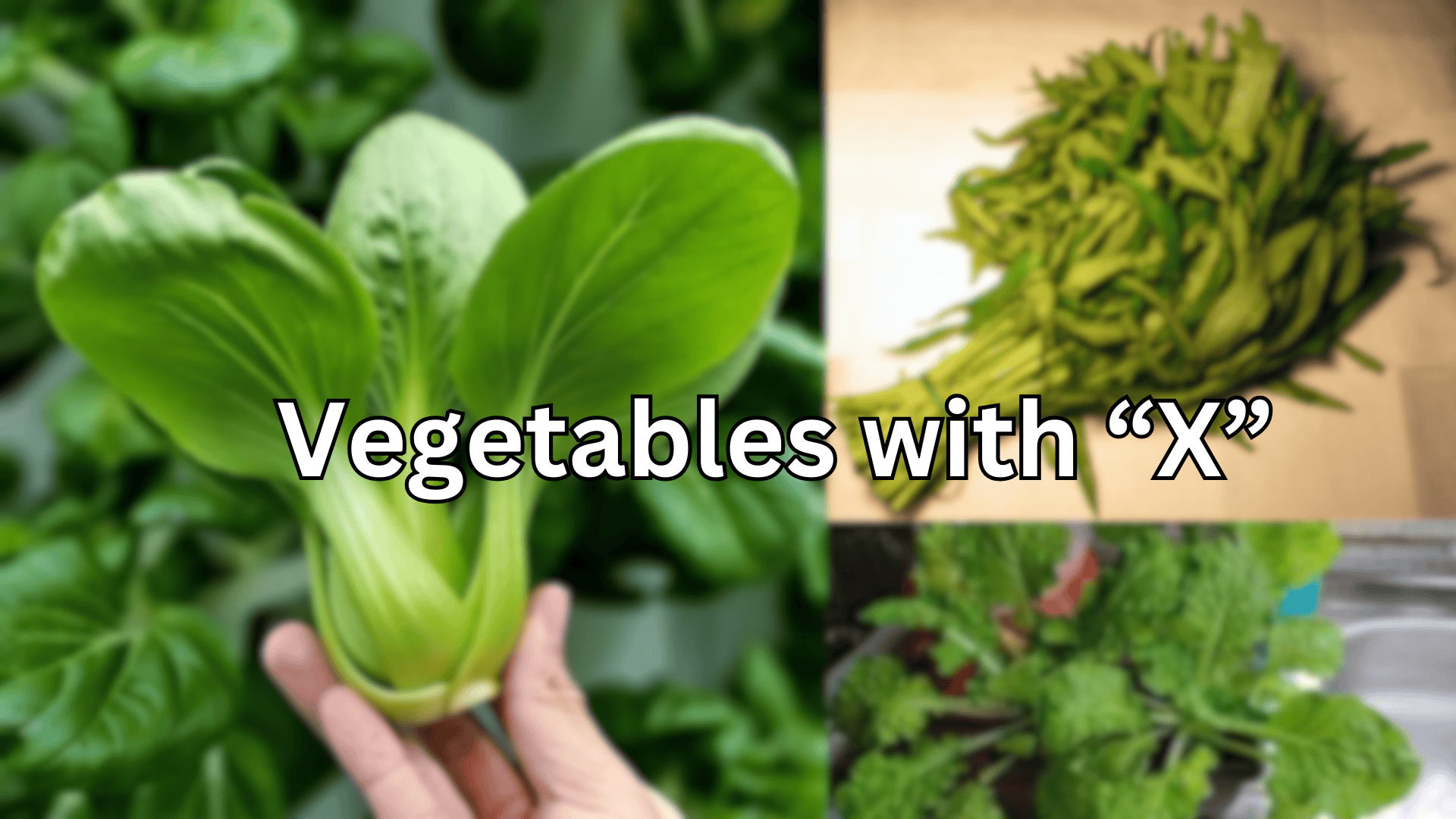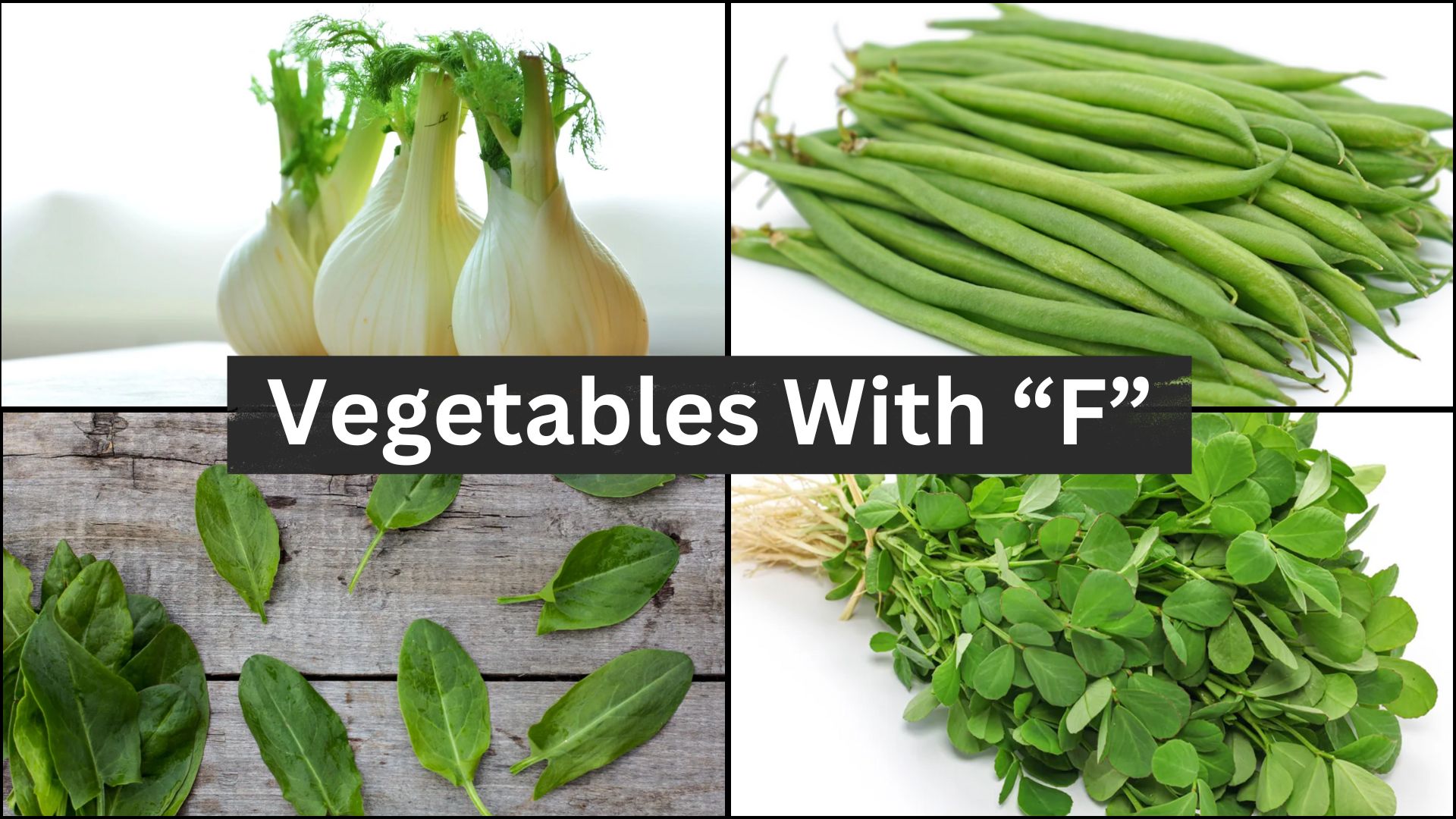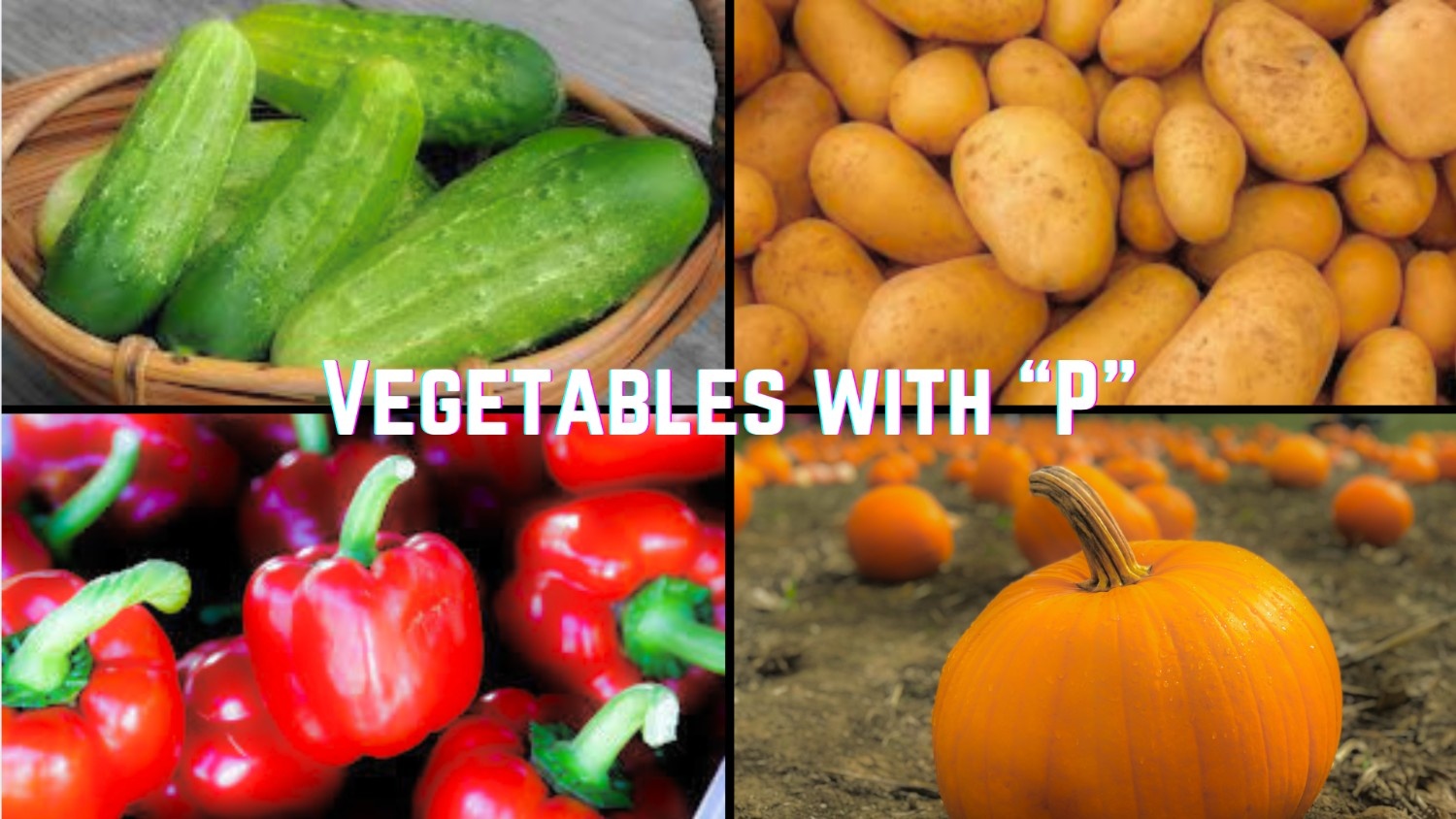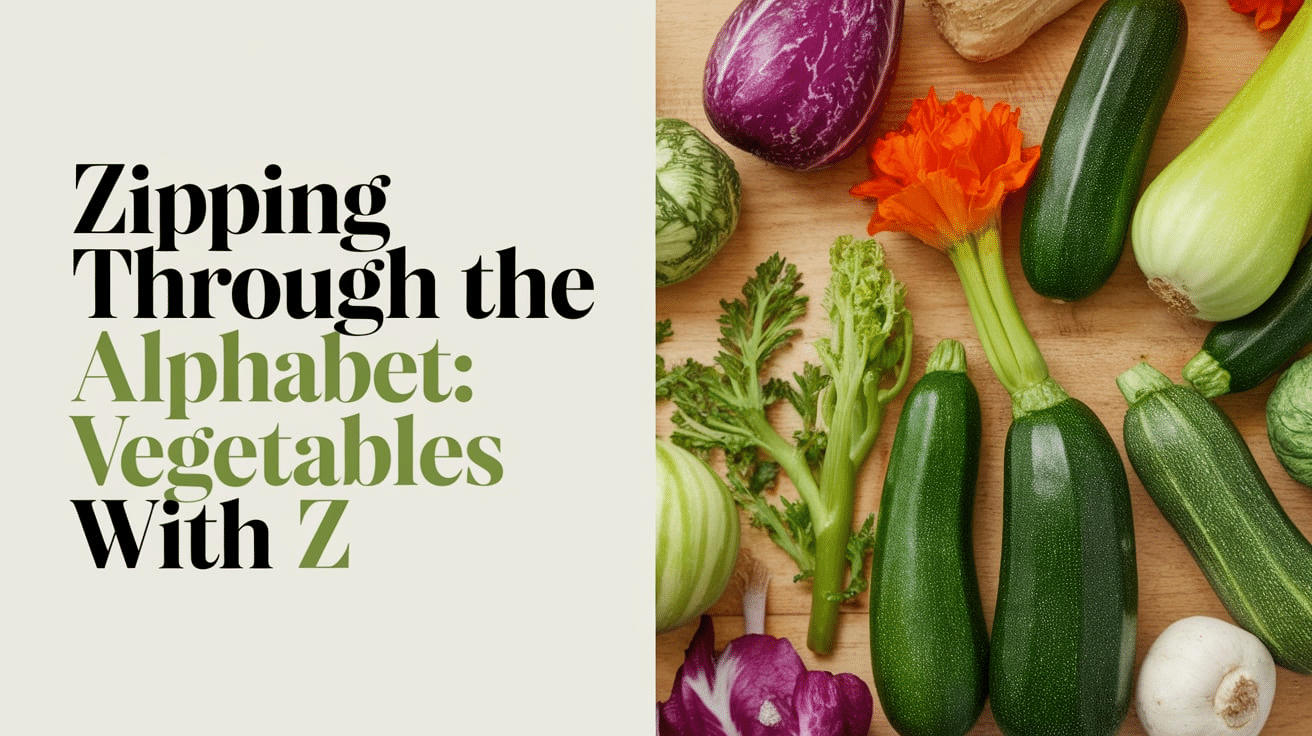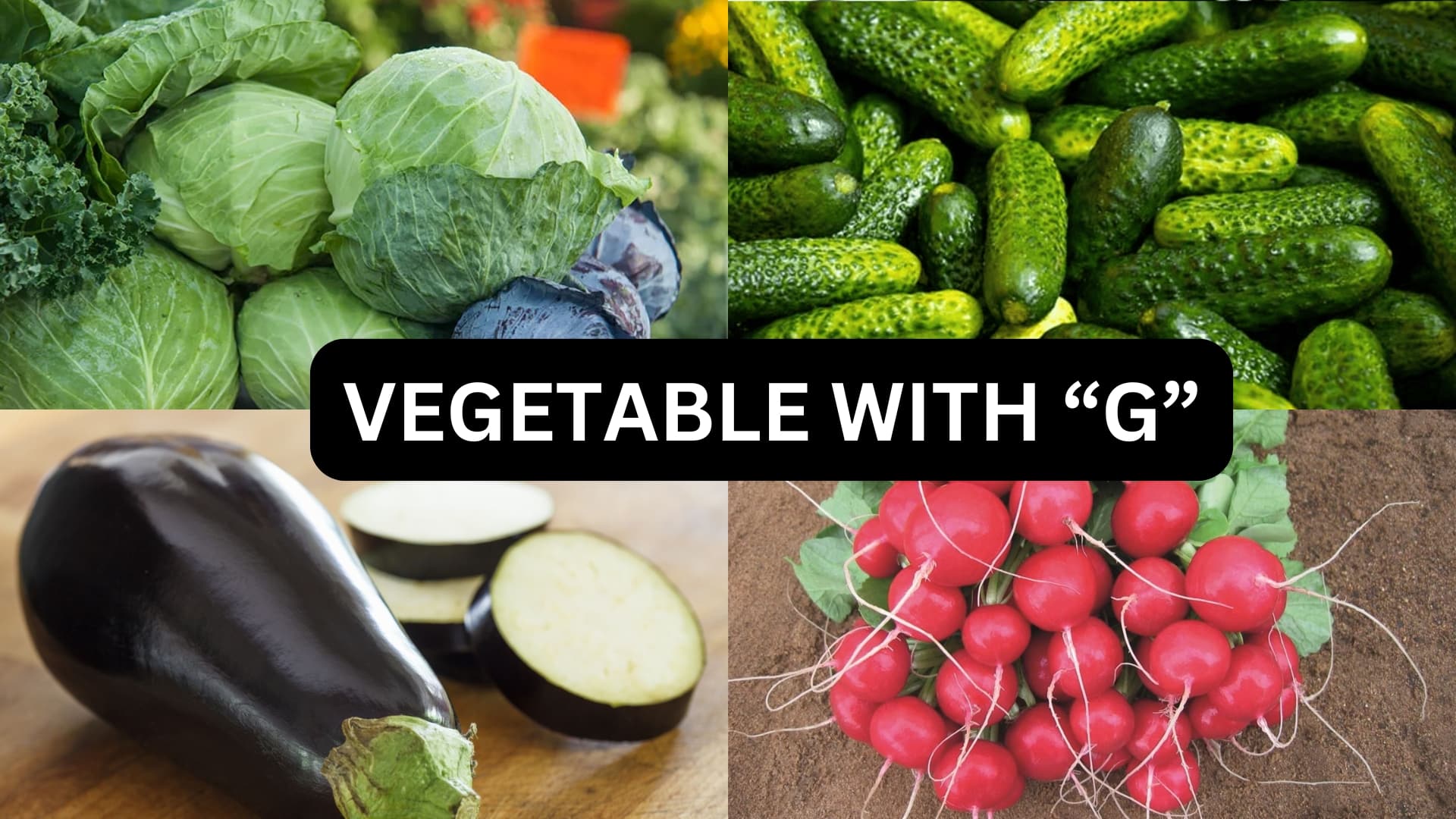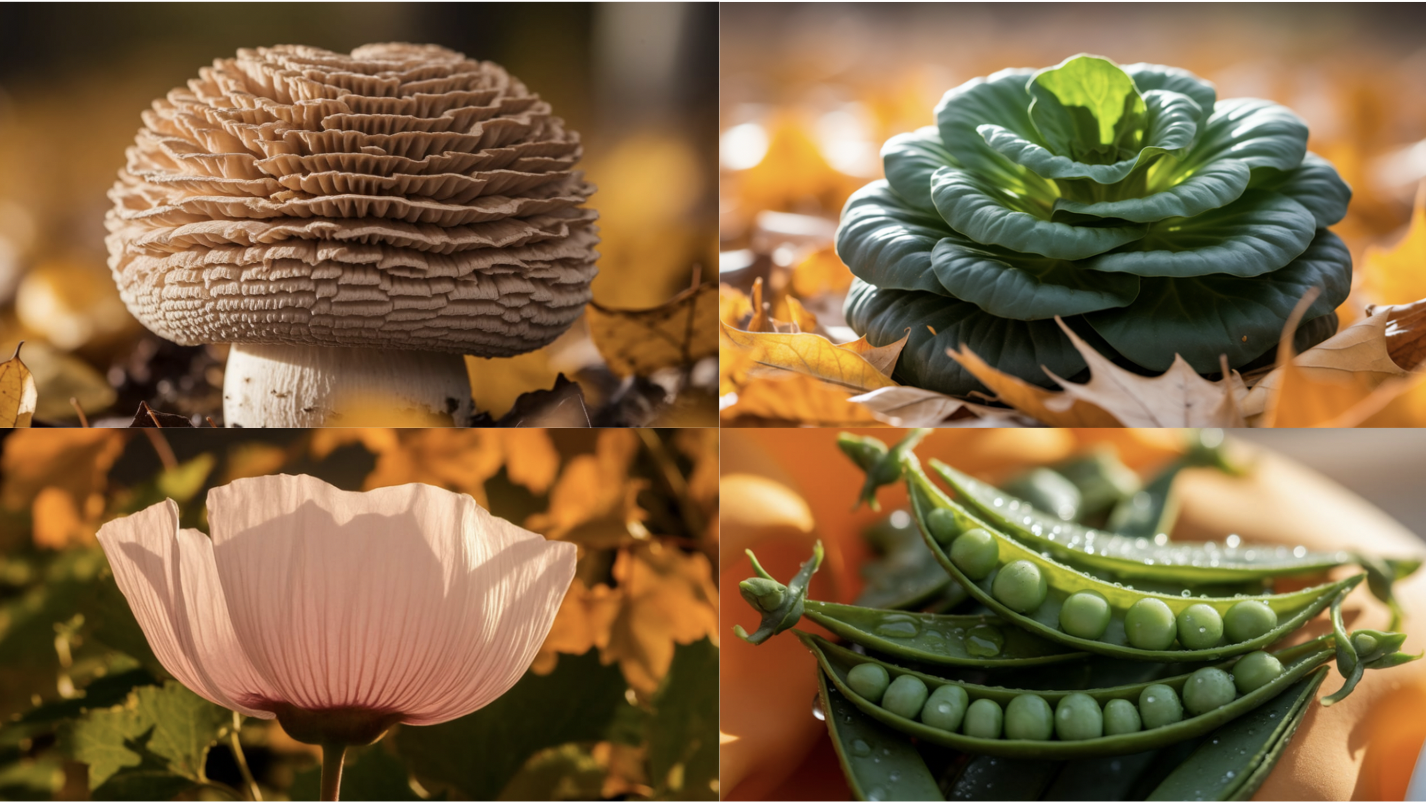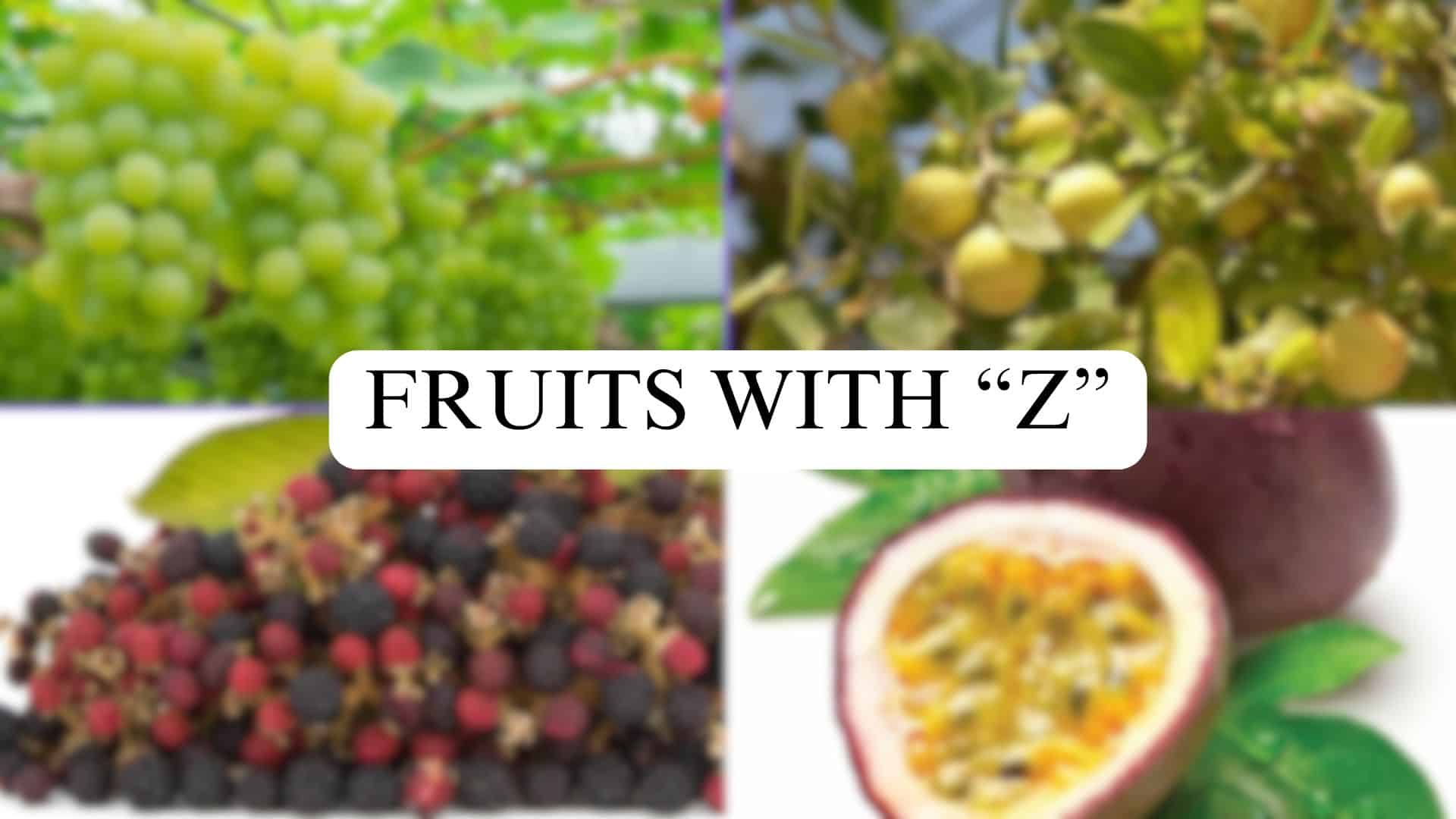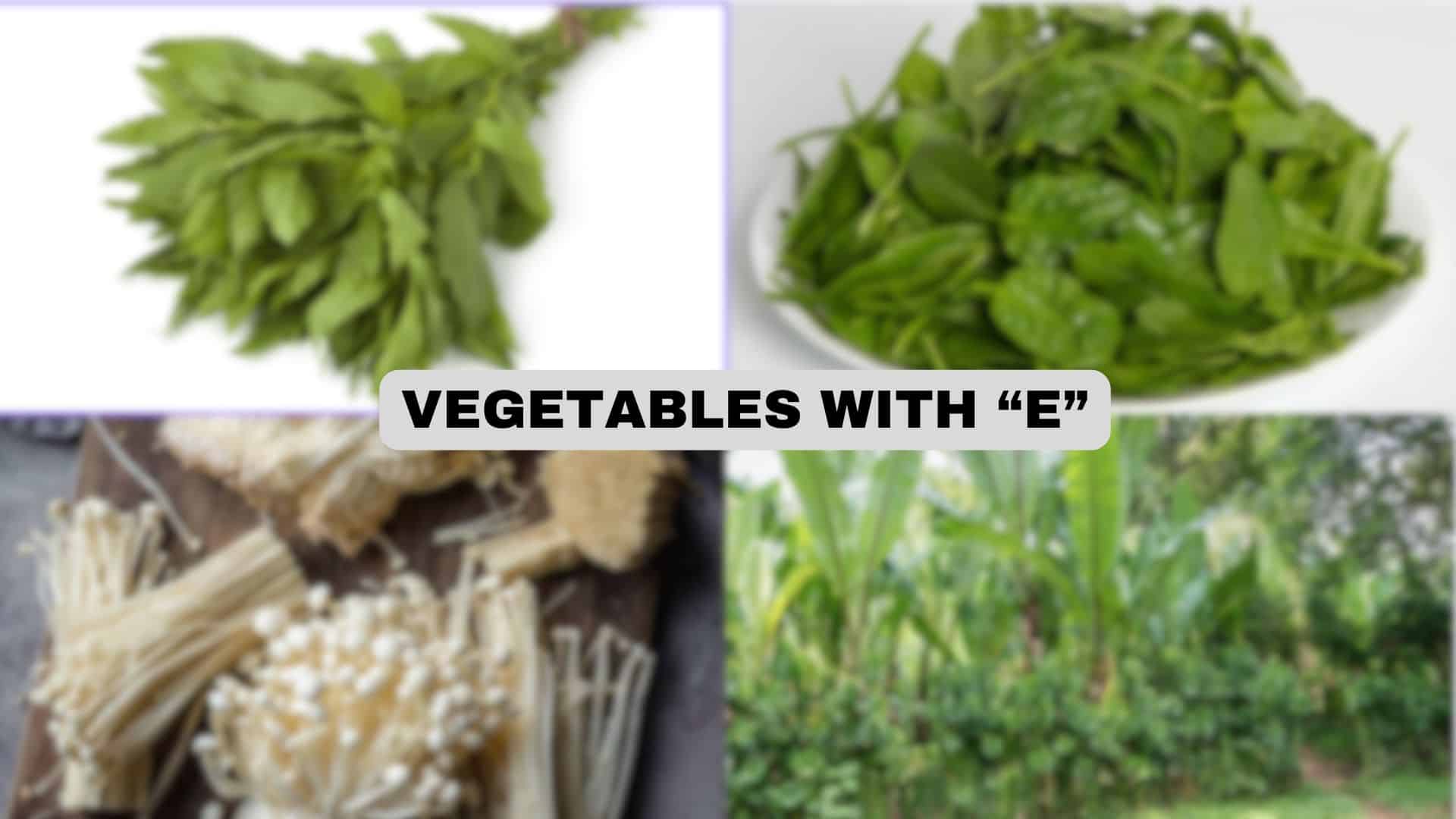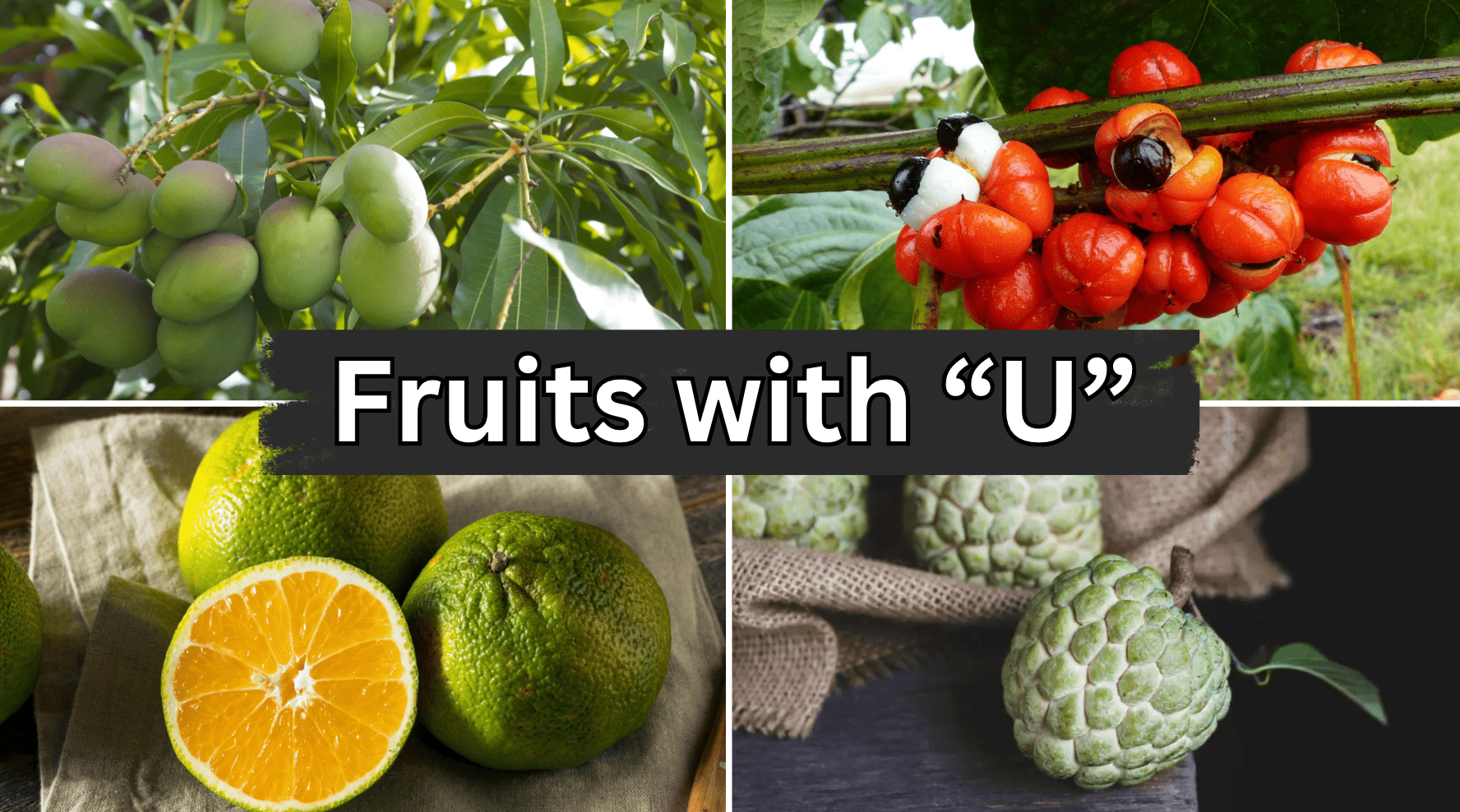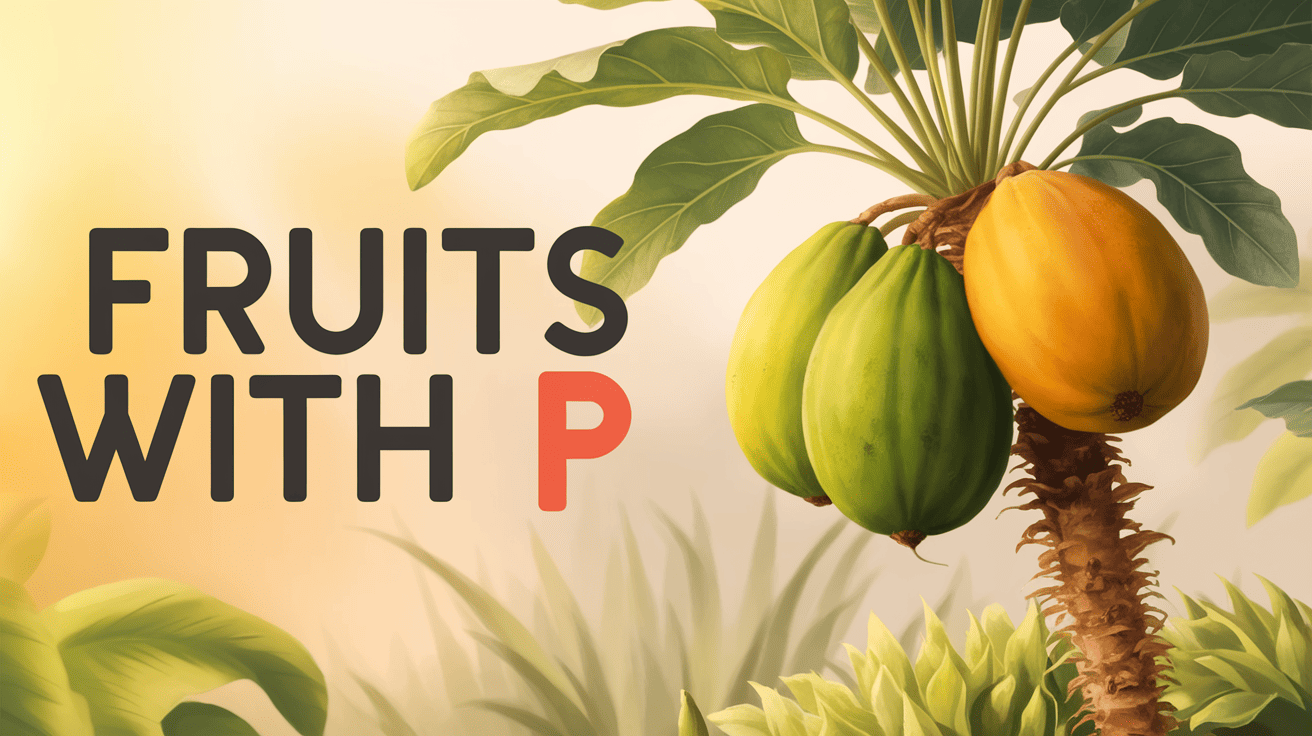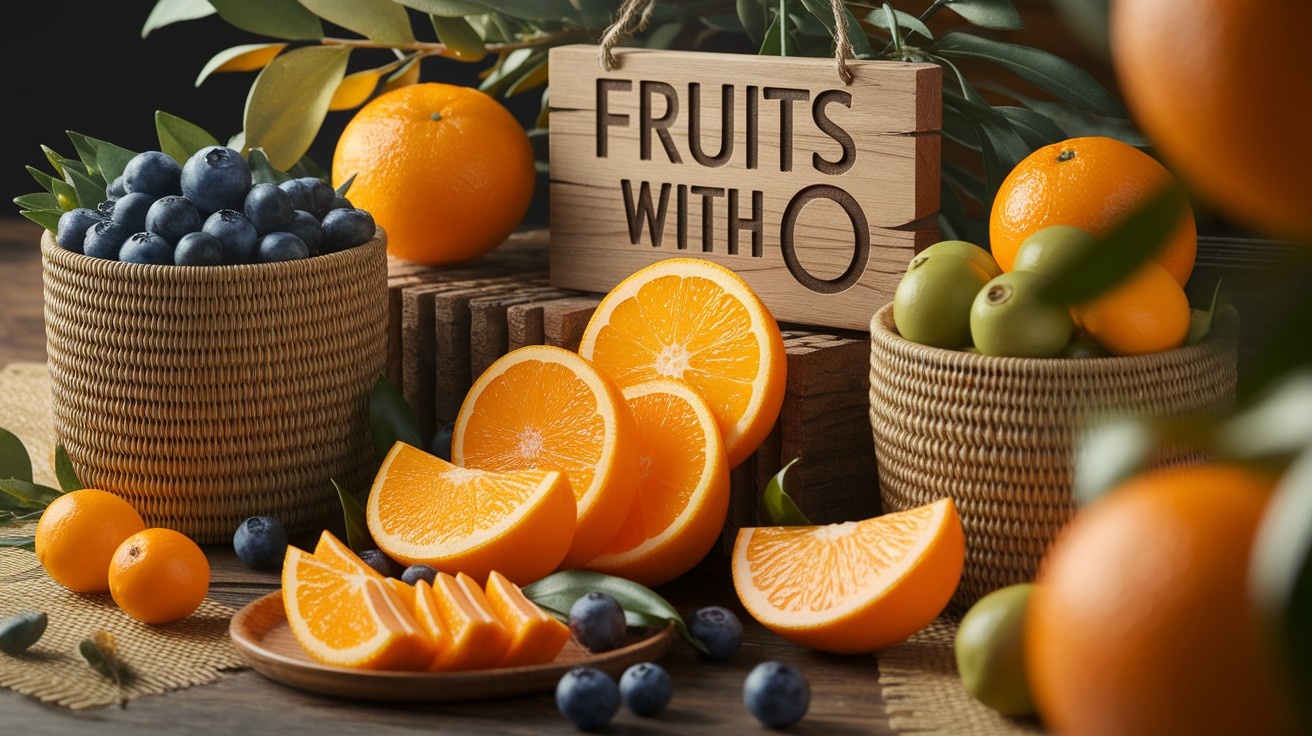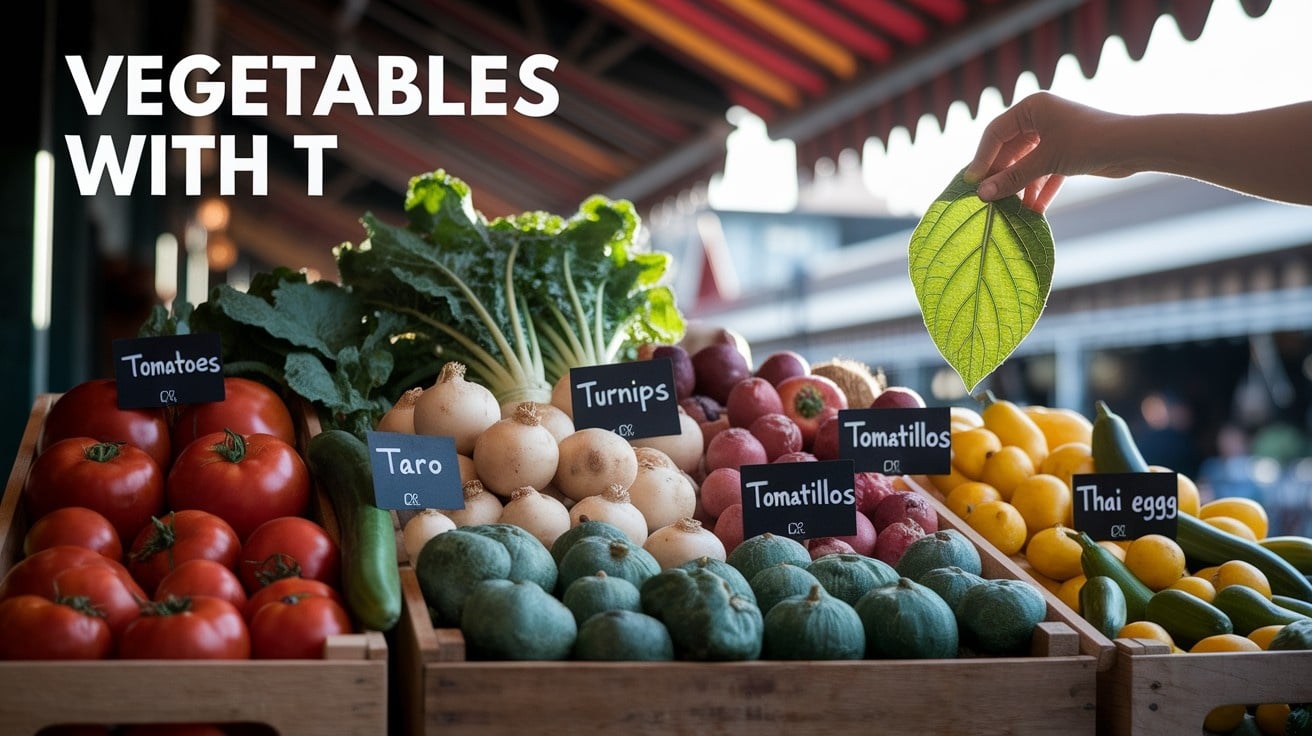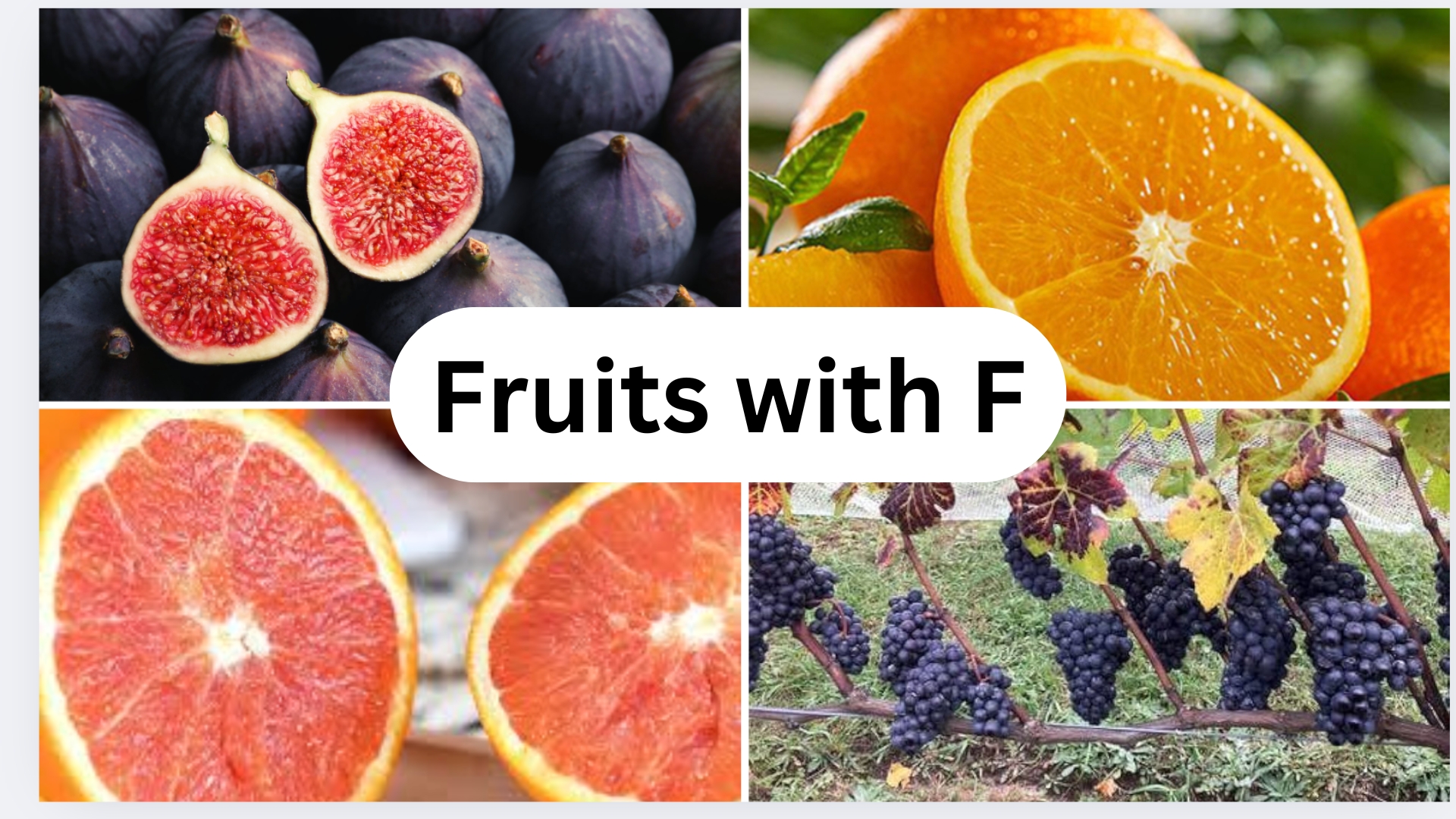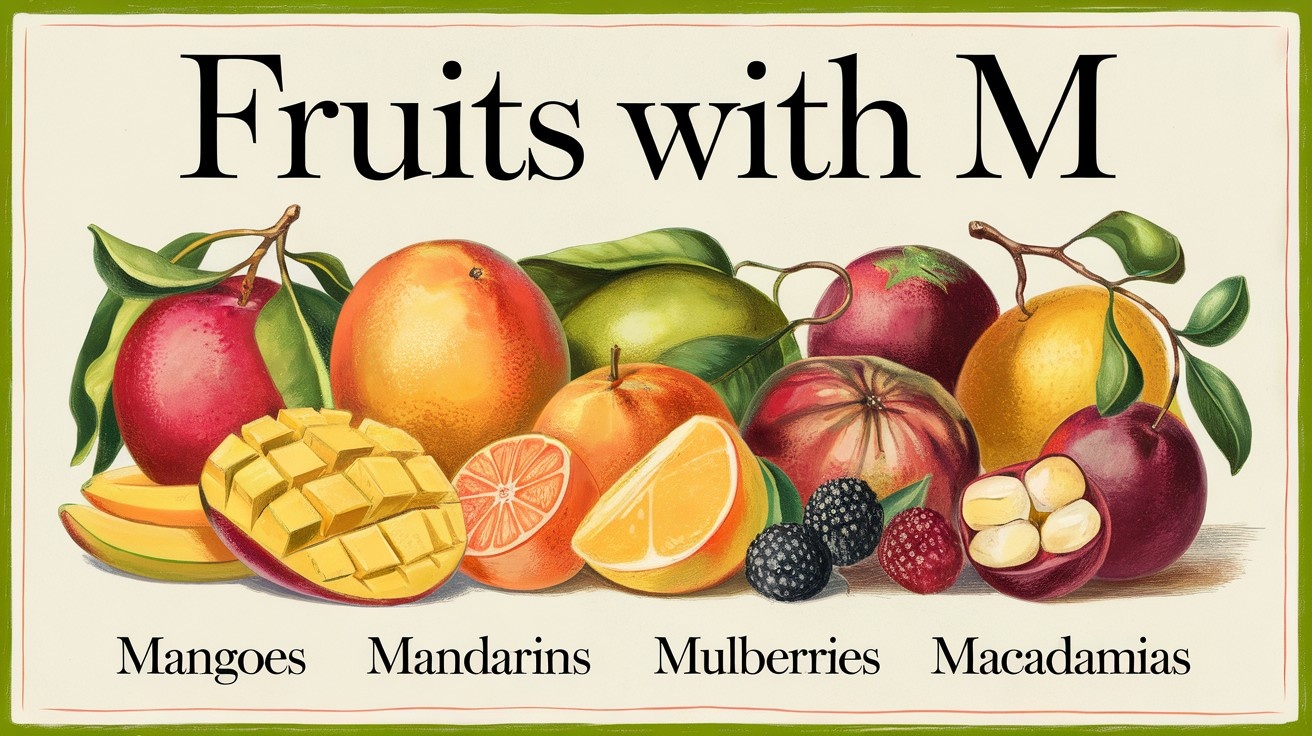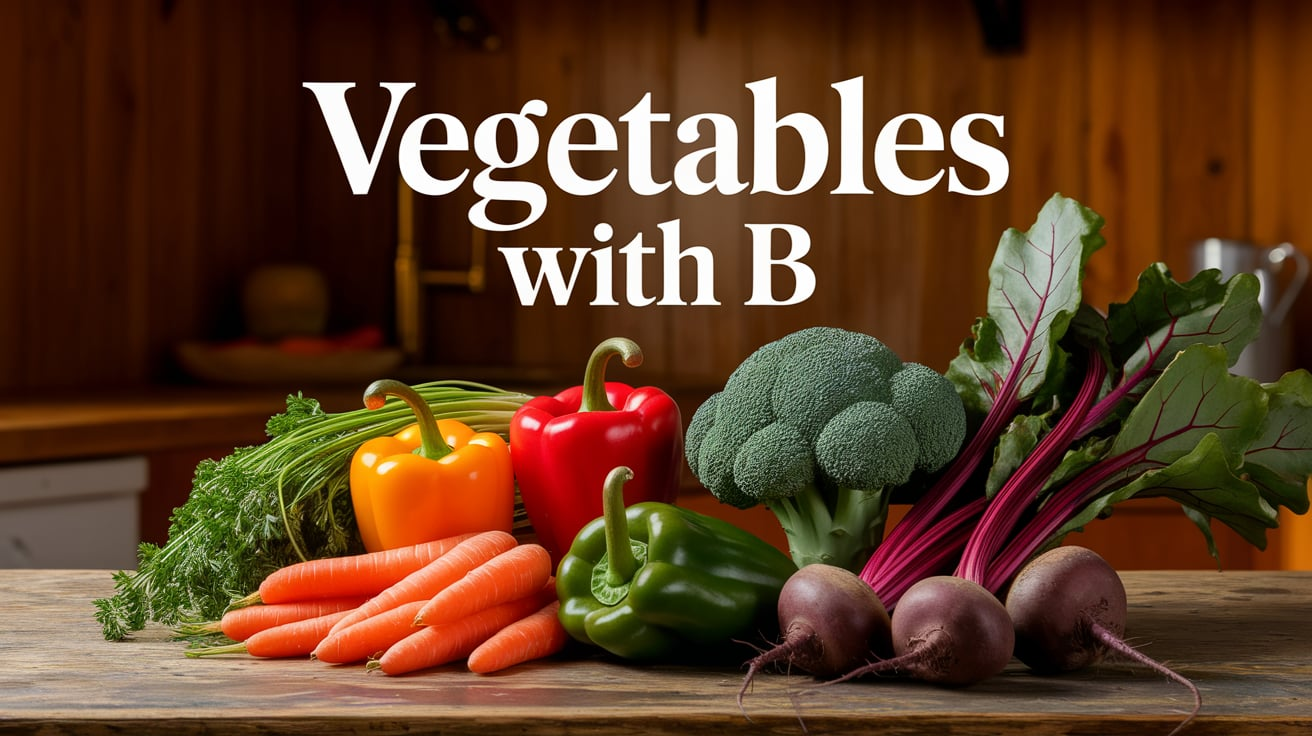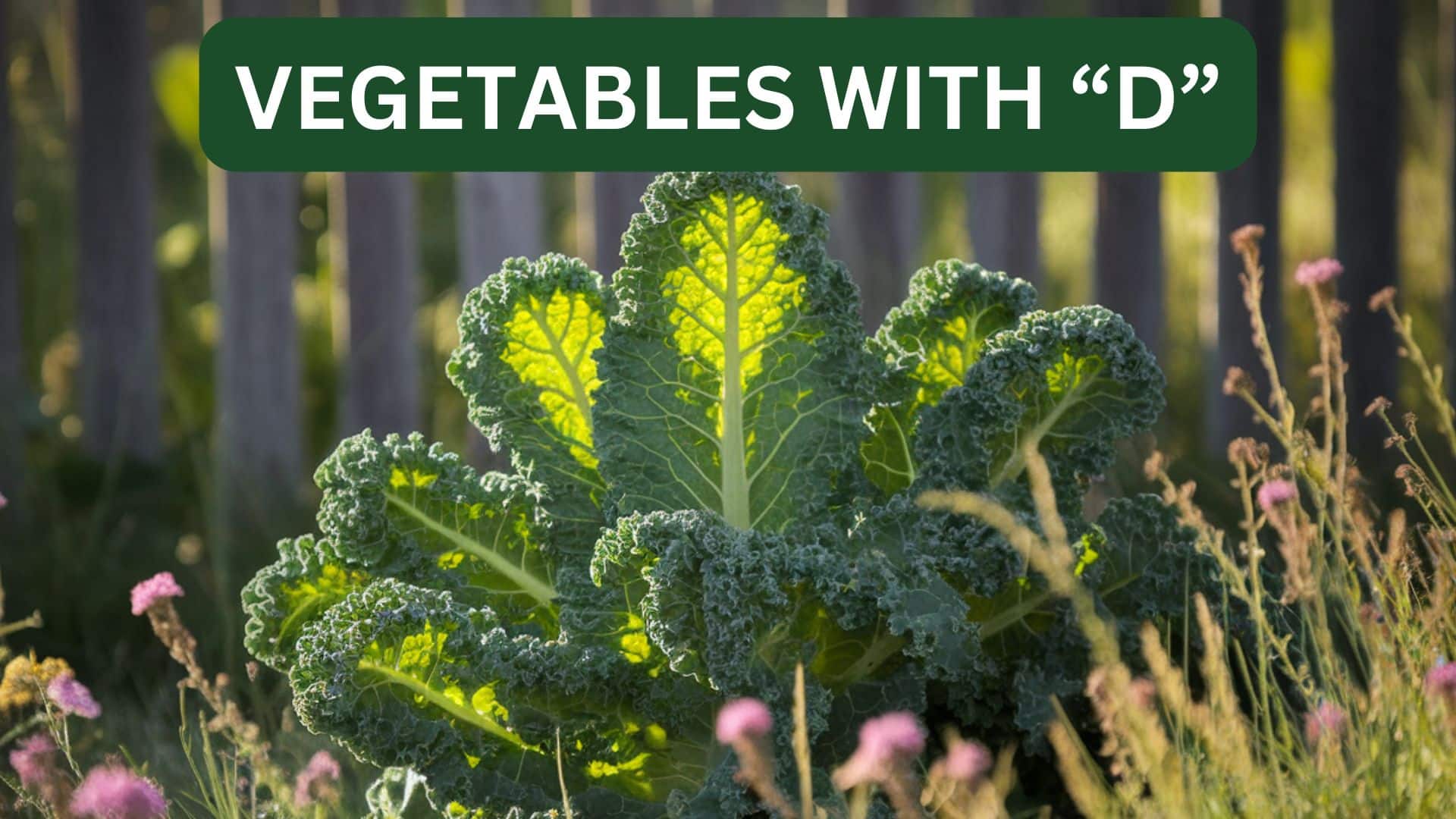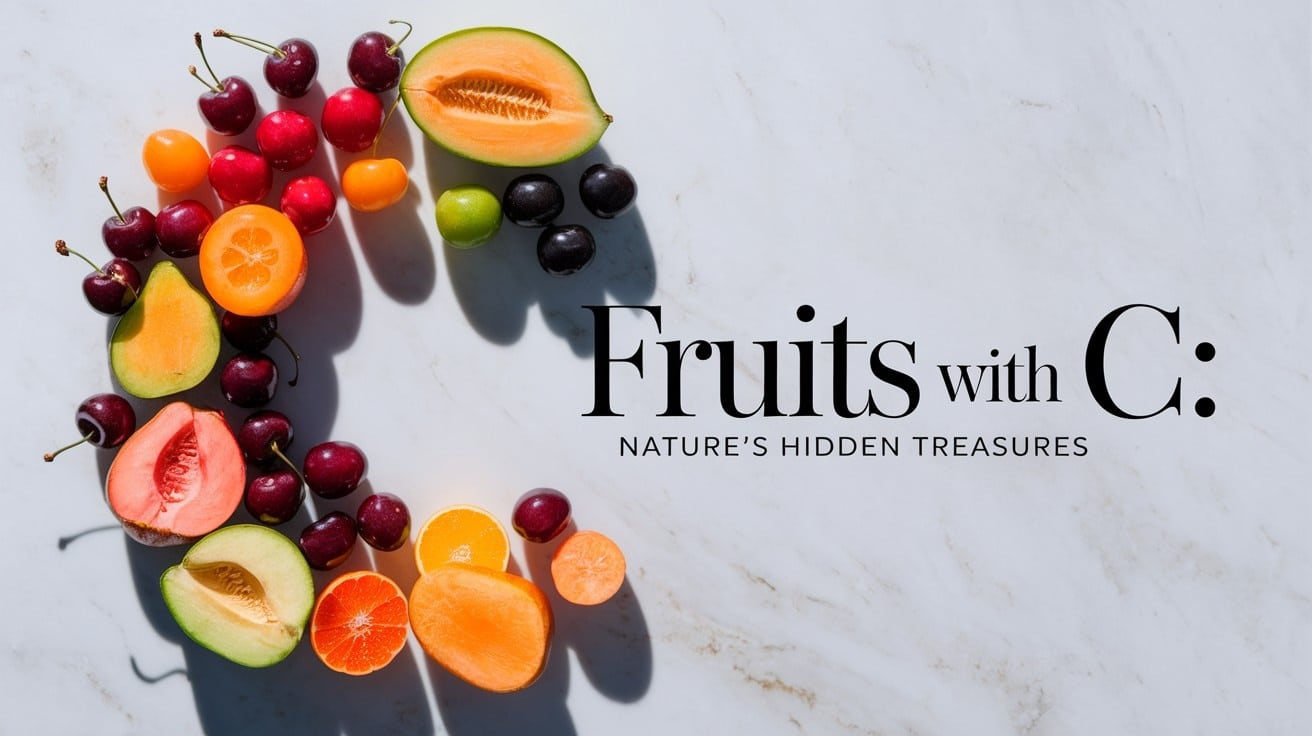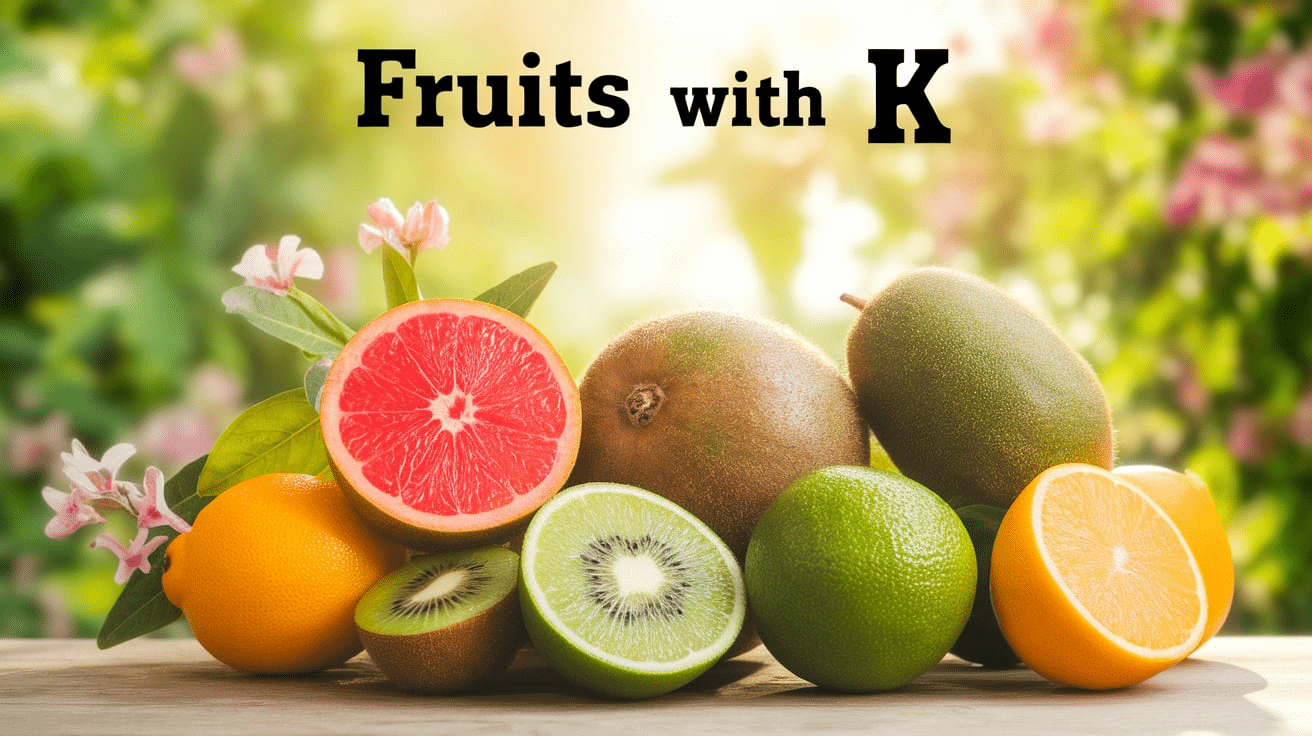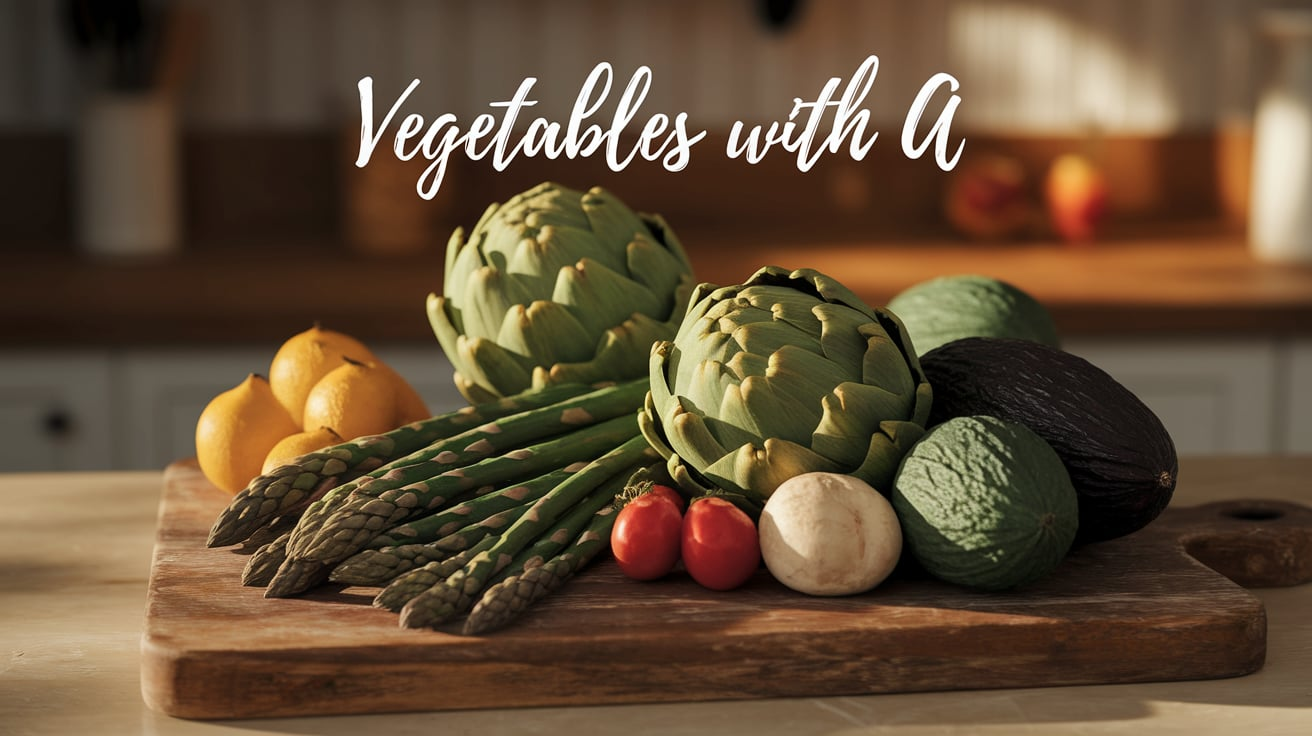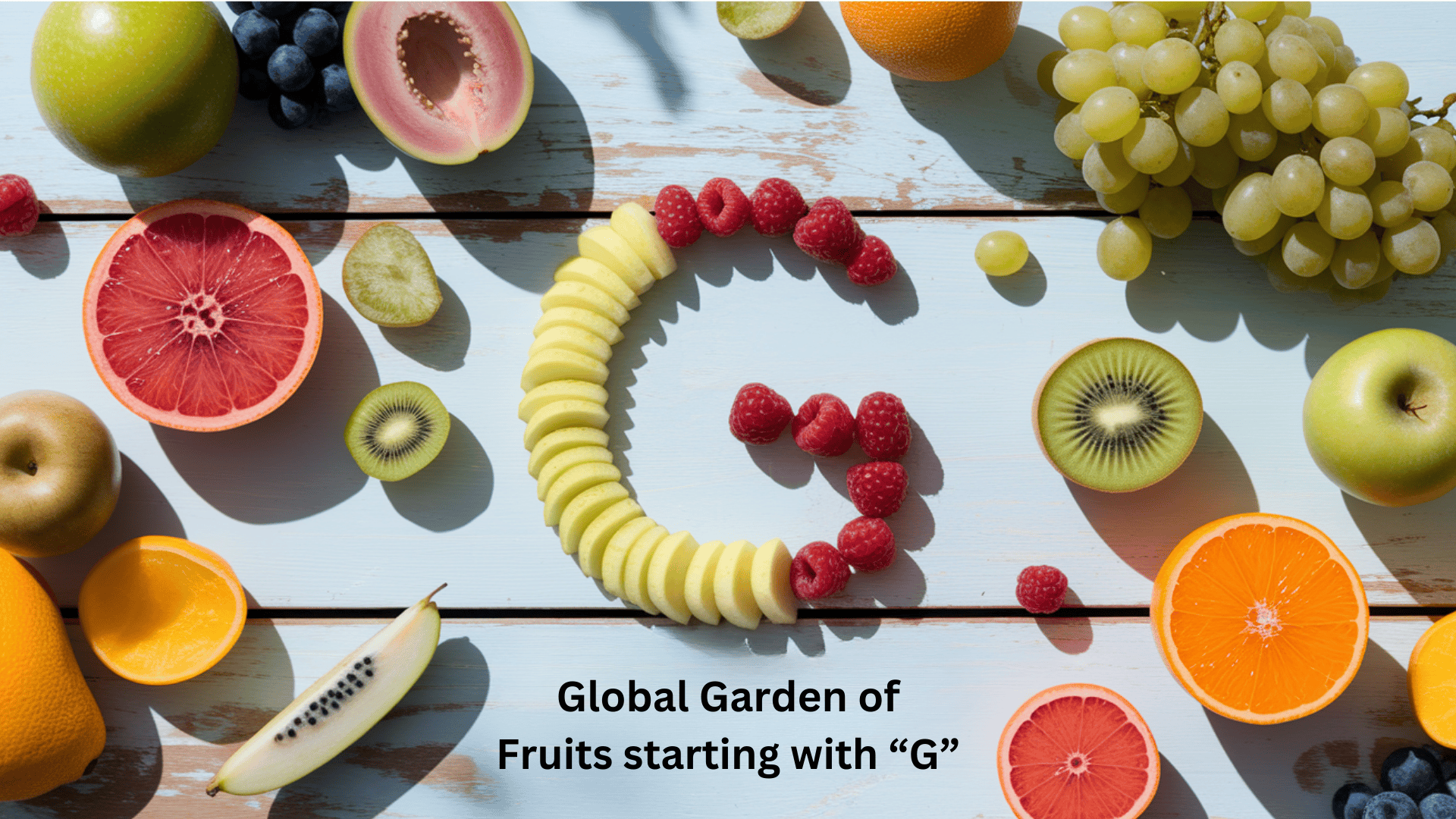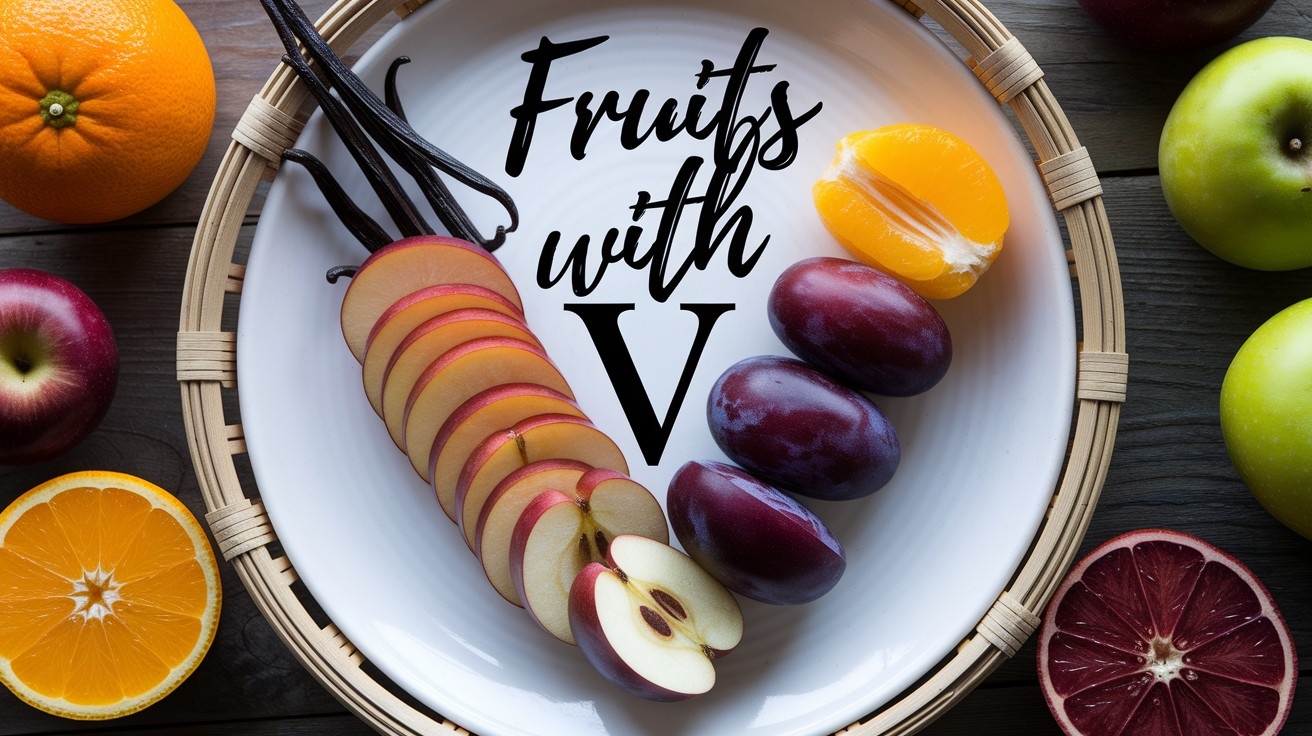
Did you know there’s an entire alphabet of exotic fruits waiting to be located? While apples and bananas dominate our fruit bowls, the letter V introduces us to a world of hidden pleasures.
From the familiar Valencia orange to the mysterious Voavanga, these fruits offer unique flavors and surprising benefits.
Take the vanilla bean, for instance—not just a flavor but an actual fruit from orchids that requires hand-pollination within a precise 12-hour window to produce its treasured pods.
Nature’s V-labeled treasures could change your culinary experiences and health routines.
Common Fruits with V
1. Vanilla Bean

Native to Mexico, vanilla beans are the fruit of orchids from the genus Vanilla. These slender, dark brown pods contain thousands of tiny seeds that provide the distinctive vanilla flavor used in baking, perfumes, and aromatherapy. Vanilla beans are known for their complex, sweet aroma.
Origin: Native to Mexico but now cultivated in Madagascar, Tahiti, Indonesia, and other tropical regions.
Health Benefits: Contains antioxidants, may reduce inflammation, and has potential mood-enhancing properties.
Fun Fact: Vanilla flowers open for just one day and must be hand-pollinated within 12 hours to produce a bean.
2. Valencia Orange
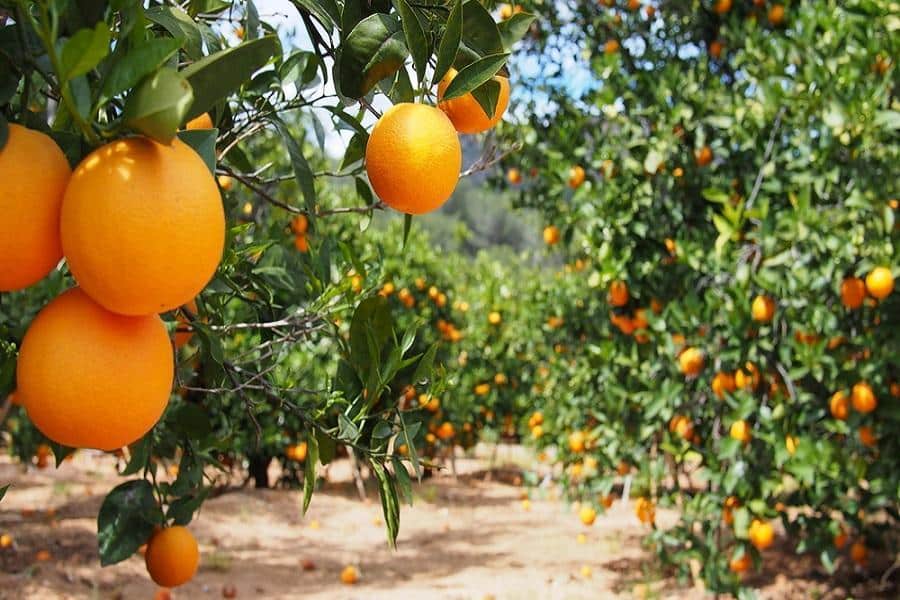
A sweet, juicy orange variety with few seeds and bright orange flesh. Valencia oranges are prized for their high juice content and balanced sweet-tart flavor profile.
They maintain their quality even when temperatures rise, making them valuable late-season oranges.
Origin: Developed in Portugal and later popularized in Valencia, Spain, before being cultivated globally.
Health Benefits: Rich in vitamin C, folate, and potassium; supports immune function and heart health.
Fun Fact: They can develop chlorophyll in warm weather, causing “regreening” while remaining perfectly sweet inside.
3. Velvet Apple
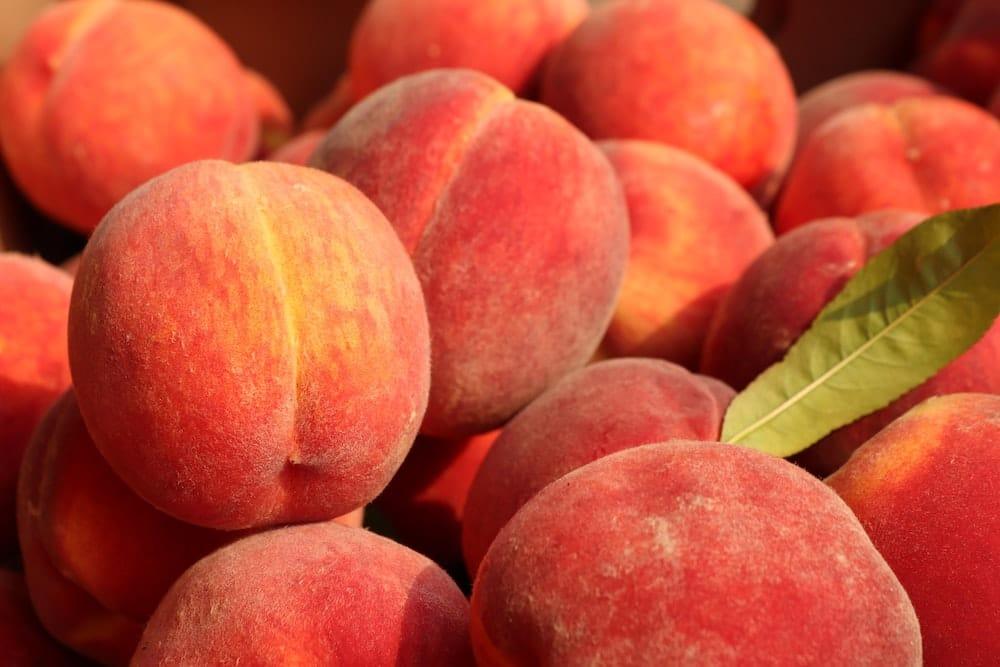
Also known as Mabolo or Butter Fruit, the velvet apple has a velvety exterior ranging from reddish-brown to purple. The flesh is creamy white to pinkish with a sweet, custard-like texture and flavor reminiscent of apples, peaches, and persimmons.
Origin: Native to the Philippines and other parts of Southeast Asia.
Health Benefits: Contains fiber, calcium, and vitamin C; may support digestion and bone health.
Fun Fact: The fruit has a pleasant aroma, but its leaves emit an unusual odor similar to cheese.
4. Voavanga (Spanish Tamarind)
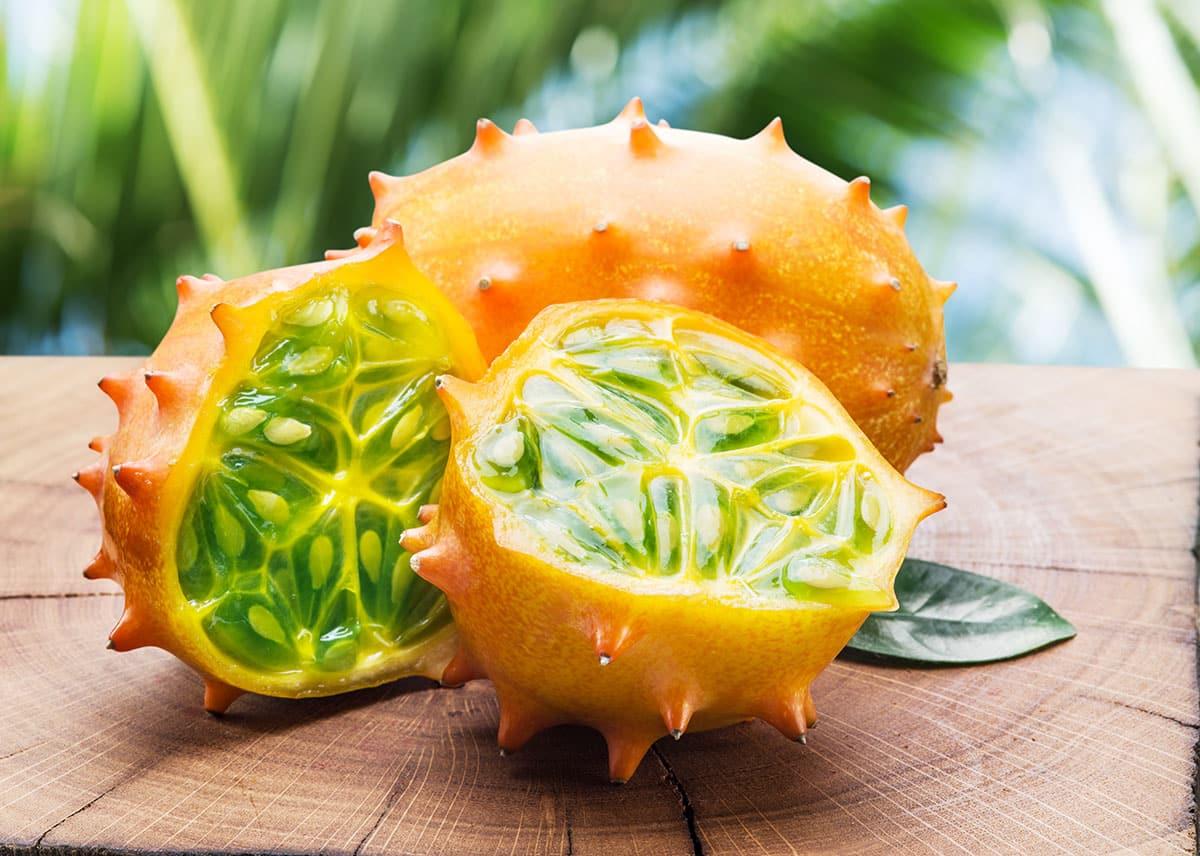
A tropical fruit with a globular shape and thick, hard shell containing a sweet-sour pulp with numerous seeds. The pulp is fragrant, tangy, and refreshing, often used in beverages, preserves, and desserts throughout tropical regions.
Origin: Native to tropical Africa but now grown in parts of Asia and Latin America.
Health Benefits: Rich in tartaric acid and antioxidants; may aid digestion and boost immunity.
Fun Fact: Used in traditional medicine to treat fever and intestinal parasites.
5. Velvet Tamarind
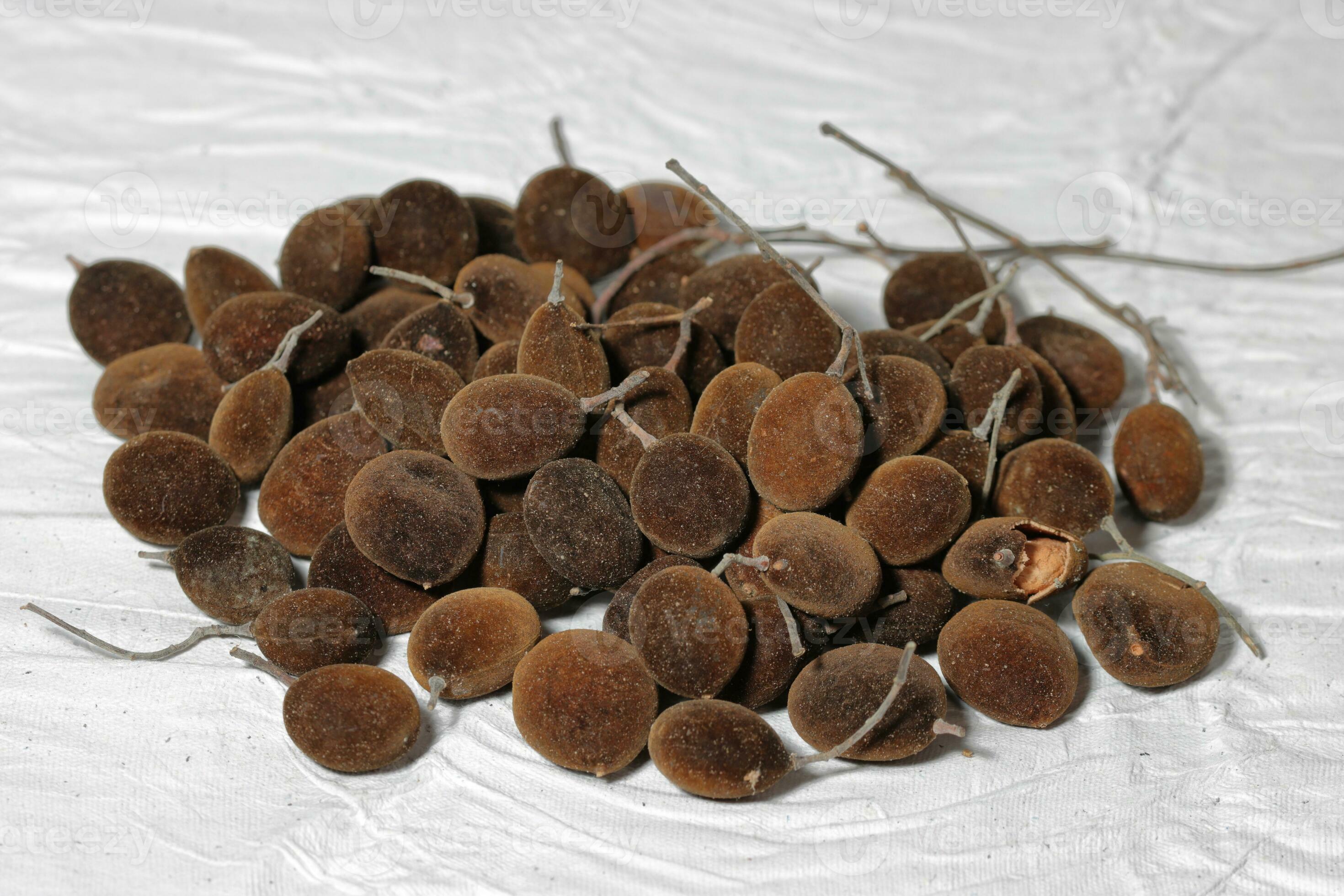
Small pod-like fruits containing black seeds covered with a velvety, reddish-brown pulp. The pulp has a sweet-tart flavor similar to traditional tamarind but with a milder taste and unique silky texture that melts in the mouth.
Origin: Native to West and Central Africa, particularly common in Ghana and Nigeria.
Health Benefits: Contains vitamins B and C, calcium, and potassium; may help with digestion.
Fun Fact: Children often collect and sell these as snacks in West African markets.
6. Victoria Plum
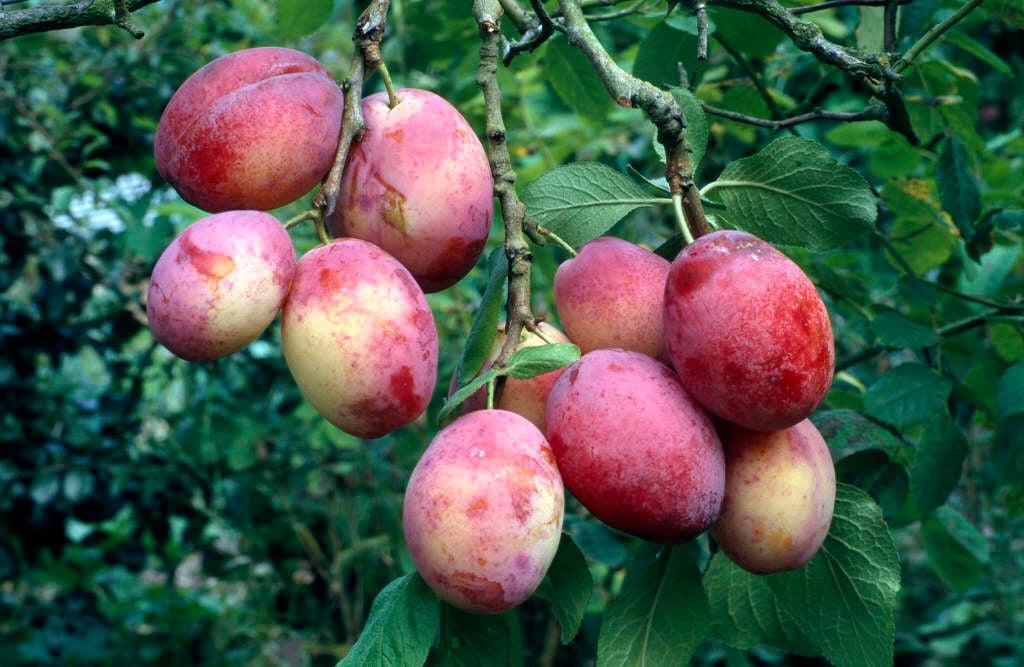
Victoria plums are large, egg-shaped plums with yellow-green flesh and reddish-purple skin. Their rich, sweet-tart flavor intensifies when cooked, making them excellent for jams, preserves, and desserts. When perfectly ripe, they’re juicy and aromatic.
Origin: Developed in Sussex, England, in the 1840s and named after Queen Victoria.
Health Benefits: Contains fiber, vitamins A and C; may support digestive and eye health.
Fun Fact: It is one of the most popular culinary plums in Britain, often featured in traditional English puddings.
7. Verdal Olive
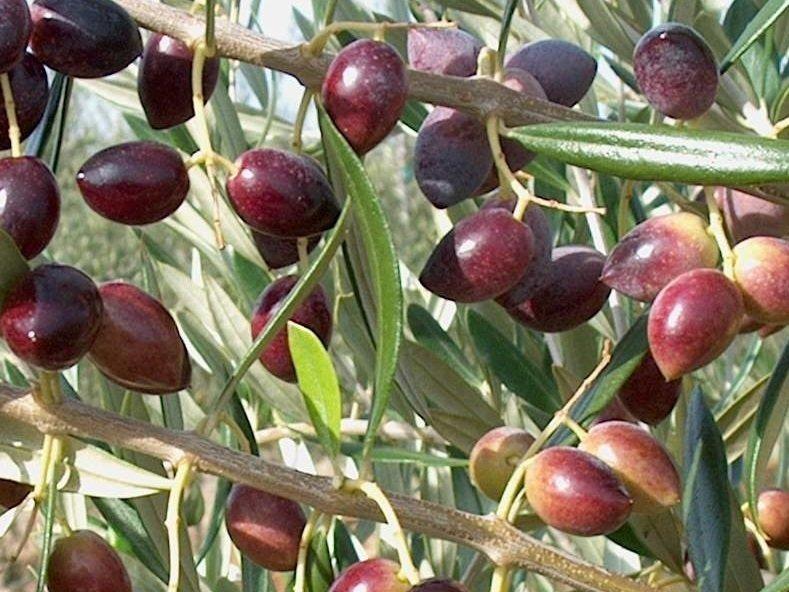
A medium-sized olive variety that transitions from green to purple-black when fully ripe. Verdal olives have firm, meaty flesh with a rich, buttery flavor and moderate bitterness, making them excellent for both oil production and table olives.
Origin: Traditional variety from the Mediterranean region, particularly Spain and France.
Health Benefits: Rich in healthy monounsaturated fats and antioxidants; supports heart health.
Fun Fact: Trees can produce fruit for hundreds of years, with some specimens over 1,000 years old.
8. Vegetable Marrow
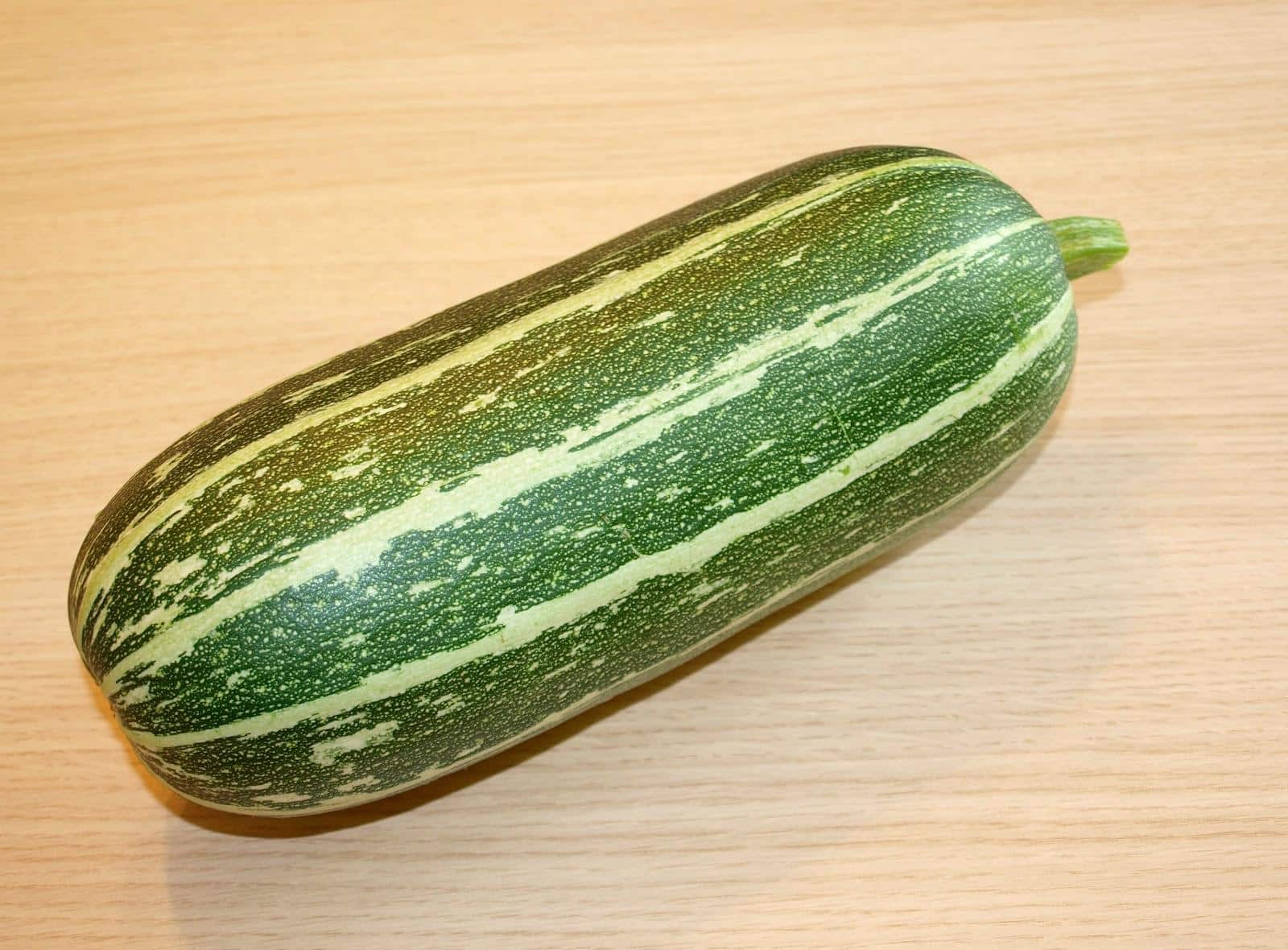
A summer squash with pale green skin and creamy white flesh. Vegetable marrows have a mild, slightly sweet flavor that absorbs other flavors well. They’re typically harvested young for tenderness or allowed to mature for a more robust taste.
Origin: Cultivated for centuries in the Mediterranean region and the Middle East.
Health Benefits: Low in calories, high in vitamin C and potassium; supports hydration and digestion.
Fun Fact: In Britain, hollowed-out marrows are used in competitive “marrow growing” contests.
9. Vegetable Pear (Chayote)
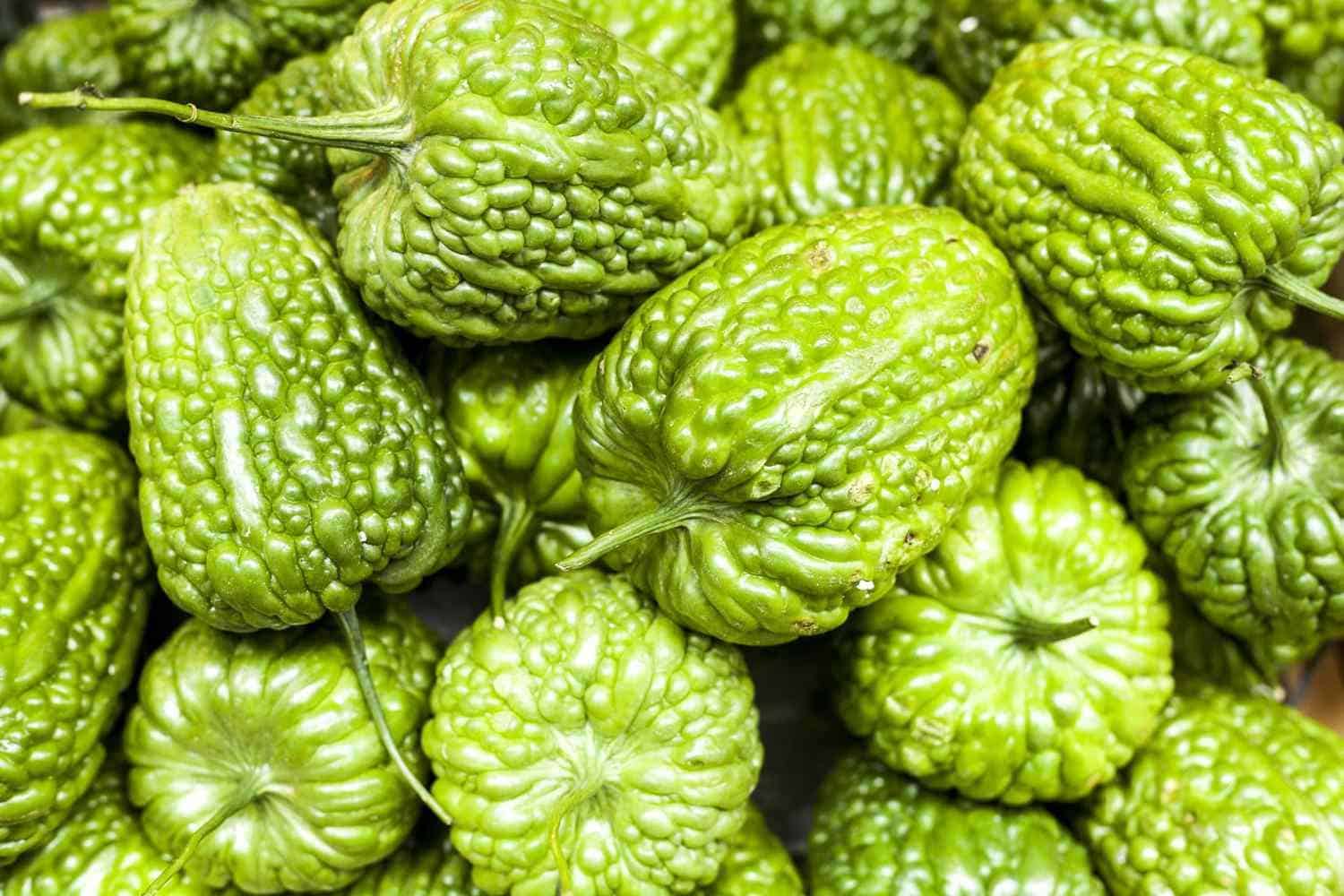
A pear-shaped squash with light green, wrinkled skin and white flesh. Chayote has a mild, crisp texture similar to cucumber, with a slight sweetness. The entire plant is edible, including the fruit, roots, stems, leaves, and seeds.
Origin: Native to Mesoamerica, particularly Mexico and Guatemala.
Health Benefits: Rich in folate, vitamin C, and fiber; may help regulate blood sugar.
Fun Fact: In some cultures, it’s called “christophene” after Christopher Columbus who introduced it to Europe.
10. Victoria Rhubarb
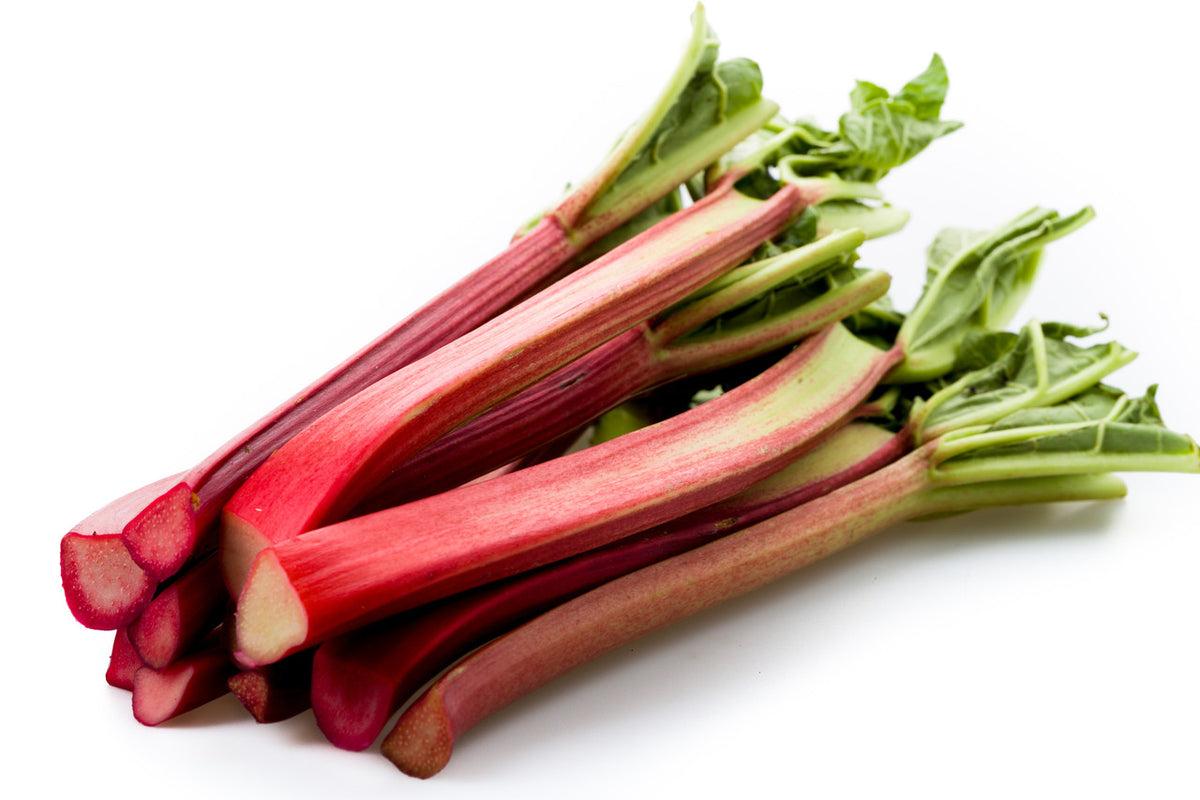
Victoria rhubarb is a cultivated variety of rhubarb with vibrant pink to red stalks and large green leaves. Its tart, tangy flavor becomes sweeter when cooked with sugar, making it popular for pies, compotes, and jams.
Origin: Developed in England in the 1800s and named after Queen Victoria.
Health Benefits: Contains vitamin K, calcium, and antioxidants; may support bone health.
Fun Fact: The leaves contain oxalic acid and are poisonous, while the stalks are completely safe to eat.
11. Verjuice Grapes
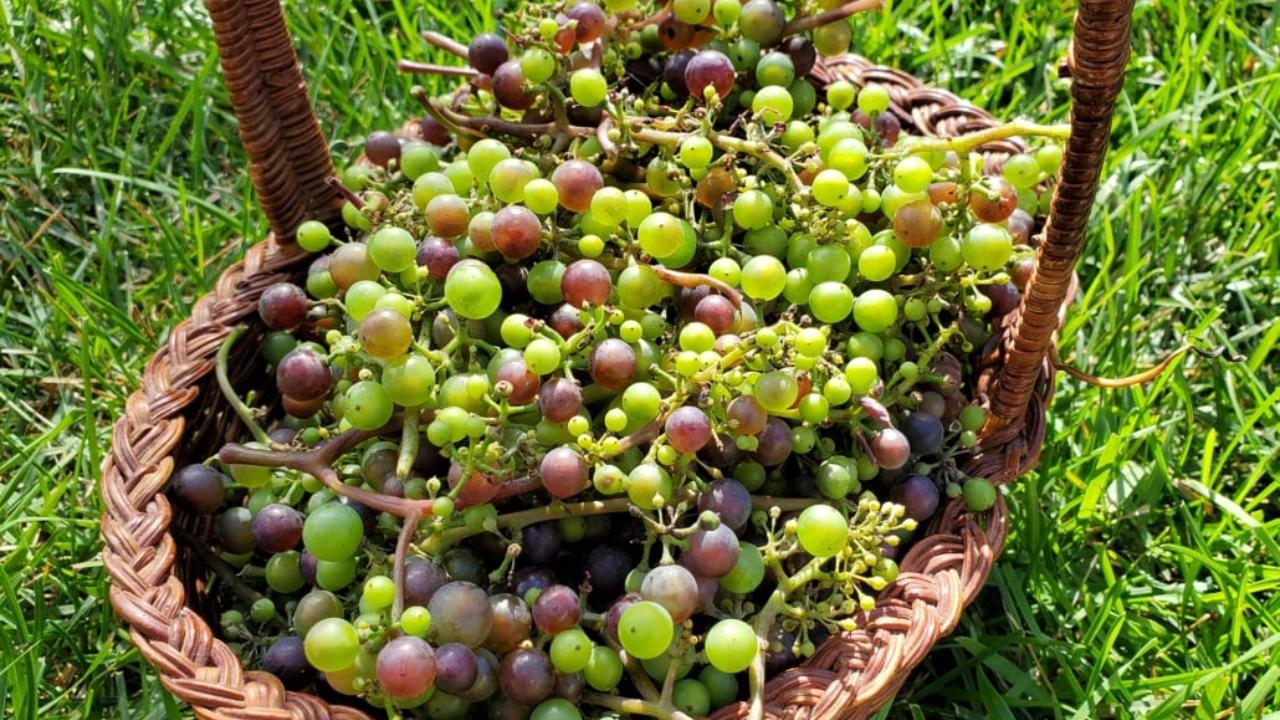
Unripe grapes are harvested early in the season before they develop sugars. Verjuice (from French “vert jus” meaning “green juice”) is the acidic juice pressed from these grapes. Before lemons were widely available, verjuice was used as a gentle acidifier in cooking.
Origin: Historical culinary ingredient from ancient Rome, Persia, and medieval Europe.
Health Benefits: Contains antioxidants and natural acids; may aid digestion and provide gentle acidity.
Fun Fact: Revived by modern chefs as a milder alternative to vinegar that won’t clash with wine.
12. Valencia Pride Mango
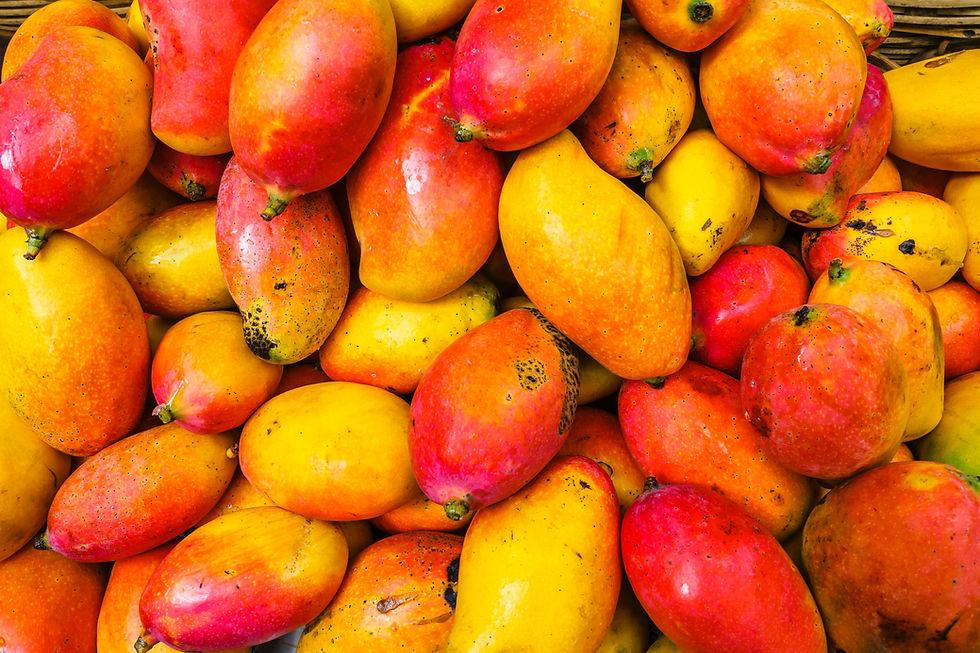
A large, elongated mango variety with yellow-orange skin flushed with red and orange. The flesh is fiberless, juicy, and aromatic, with a rich, sweet flavor and notes of peach, pineapple, and coconut—a premium dessert mango.
Origin: Developed in Florida in the 1940s from Haden mango parentage.
Health Benefits: Rich in vitamins A and C; supports immune function and skin health.
Fun Fact: It can grow to over 2 pounds in weight, making it one of the largest commercial mango varieties.
Some More Fruits with V
13. Vine Tomato
14. Vitelotte Potato
15. Vigna Beans (Black-eyed Peas)
16. Vine Spinach (Malabar Spinach)
17. Velvet Bean
18. Vine Leaves (Grape Leaves)
19. Variegated Pink Lemon
20. Voavanga Fruit
21. Velvetleaf
22. Vesna Pepper
23. Volunteer Potato
24. Victorian Lettuce
25. Vine Peach (Cucumis melo var Chito)
26. Venezuela Pear (Avocado Variety)
27. Vernaccia Grape
28. Verdelho Grape
29. Valencia Peanut
30. Victoria Sweet Melon
31. Vicar of Winkfield Pear
32. Veitchberry (Hybrid Berry)
33. Victoria Pineapple
34. Vineyard Peach
35. Valencia Almon
36. Valencia Almond
37. Viscount Cherry
38. Volturno Apple
39. Violet Fig
40. Victoria Gooseberry
41. Vicar of Winkfield Apple
42. Venn Mango
43. Violet Carrot
44. Venus Grape
45. Victoria Blueberry
46. Verona Watermelon
47. Vanilla Fruit
48. Valencia Orange Fruit
49. Van Dyke Mango
50. Volkamer Lemon
51. Vaccarese Grape
52. Verna Lemon
53. Villafranca Lemon
54. Vespolina Grape
55. Vitis Vinifera
56. Voavanga
57. Verity Mango
58. Valloire Melon
59. Veranda Pear
60. Vallis Cherry
61. Vanser Grape
62. Vagli Kiwi
63. Verdon Peach
64. Vezos Grape
65. Vernito Apple
66. Viera Cantaloupe
67. Vrazo Plum
68. Vignol Tomato
69. Vinea Apricot
70. Virock Pear
71. Vellum Orange
72. Velkar Pear
73. Virginia Watermelon
74. Vetta Papaya
75. Vino Nectarine
76. Vela Grapefruit
77. Vasu Strawberry
78. Vanseberry
79. Votoro Mango
80. Vivarca Kiwi
81. Vidon Plum
82. Vessa Cherries
83. Vali Fruit
84. Veolan Melon
85. Velo Citrus
86. Volker Grape
87. Verani Raspberry
88. Veldo Grape
89. Vissero Pear
90. Vanis Strawberry
91. Volkan Pineapple
92. Vascado Pear
93. Veden Grapefruit
94. Vesta Plum
95. Vaney Melon
96. Verro Cherry
97. Viscara Grape
98. Vintone Pear
99. Vella Papaya
Wrapping It up
From the luxury Vanilla Bean to the versatile Valencia Orange, fruits beginning with V offer an impressive range of flavors, textures, and health benefits.
These often-overlooked botanical treasures span continents and climates, each carrying unique properties and fascinating histories.
If you are seeking to improve your cooking, boost your nutrition, or expand your palate, these V-fruits deserve a place in your culinary vocabulary.
Next time you’re shopping, venture beyond the familiar and try one of these distinctive fruits.
Which of these V-named wonders will you investigate first? Your taste buds—and your health—will thank you for the experience.
If you’re interested in more informative education & learning content, feel free to click here and explore other blogs that you might enjoy!






